Since we landed at 1pm local time after flying all night, we planned a pretty short first day in case we were wrecked. Norah slept about 4 hours, Kegan probably 3-4…and I got maybe 2. lol So, none of us were super peppy. What better way to start exploring a country than by hopping in a manual transmission rental car and driving right downtown!
We had planned to hit a preserved span of the Berlin Wall called the East Side Gallery, but being a beautiful sunny 80 degree day in Berlin, everyone in the city was out and about… and we couldn’t find parking…so we continued on to Treptower Park. A large green space on the edge of downtown with a large Soviet memorial to the fallen Soviet soldiers who died in the Battle of Berlin. As Americans, we think of D-Day and how American troops “won the war”… but I think we have lost sight of how much the Soviet front assisted with that. The Russians lost 80,000 soldiers in the Battle of Berlin alone…and without their push dividing the German armies, I’m not sure D-Day would have been as successful.
Here’s Norah trying to pretend to not be a zombie. 🙂
We checked into our hotel and took a quick 30 minute nap to recharge and headed out around Berlin on a walking tour.
Our first stop was the Memorial to the Murdered Jews of Europe. 2,711 concrete slabs on over 5 acres. Underground, the names of over 3 million murdered Jews.
This memorial has a lot of artistic symbolism and a quick description won’t do it much justice, but basically, the blocks are all different heights and sizes representing the varying characteristics of the Jewish people. The stones start off very shallow and get deeper and taller as you walk down into the memorial- representing the despair of the Jewish people as we got further into the Nazi “final solution” or the Rise and Fall of the 3rd Reich. You feel trapped as you descend into the memorial, like the Jews felt. You can actually feel like you are being lost from your group or family or unable to find an escape- also representing the Jewish experience.
For concrete slabs, it did a great job of conveying a very hollow feeling and it was worth the visit.
Next, the symbol of Berlin- the Brandenburg Gate. In the 1600s, Berlin was just a star fort… but in 1730 it was expanded out to include some “suburbs” of the gated city. This area became a gate in that way. Brandenburg being the town that the road out of Berlin leads to. In 1788 a new gate was built, complete with the statue of Victoria, goddess of Victory riding in a chariot of 4 horses.
Fun fact, when Napoleon conquered Berlin in 1806, he took the chariot and goddess Victoria statue from the top of the gate back to Paris as a symbol of the victory… but after the Prussians defeated Napoleon at Waterloo in 1814, the Prussian general Ernst von Pfuel had it sent back to Berlin. Because of this, until 1919, only members of the Royal Family AND members of the Pfuel family (as a thank you) were allowed to pass through the central archway.
The Nazis used the gate as a party symbol, and it was heavily damaged in WWII. Only one horse’s head of the chariot survives in a museum somewhere. Tons of bullet holes and damage from explosions.
Just beside the gate is the Reichstag Building. Built in the 1800s, used by the Nazi’s as a seat of power…it was destroyed in 1945 during the Battle of Berlin
One of my favorite images of WWII was taken in the rubble outside the Reichstag after the war. A bust of Adolf Hitler and a crushed globe lie in the debris of the Reichstag. Such a symbol of the defeat.
The Reichstag the morning after the surrender of the Germans to the Soviets.
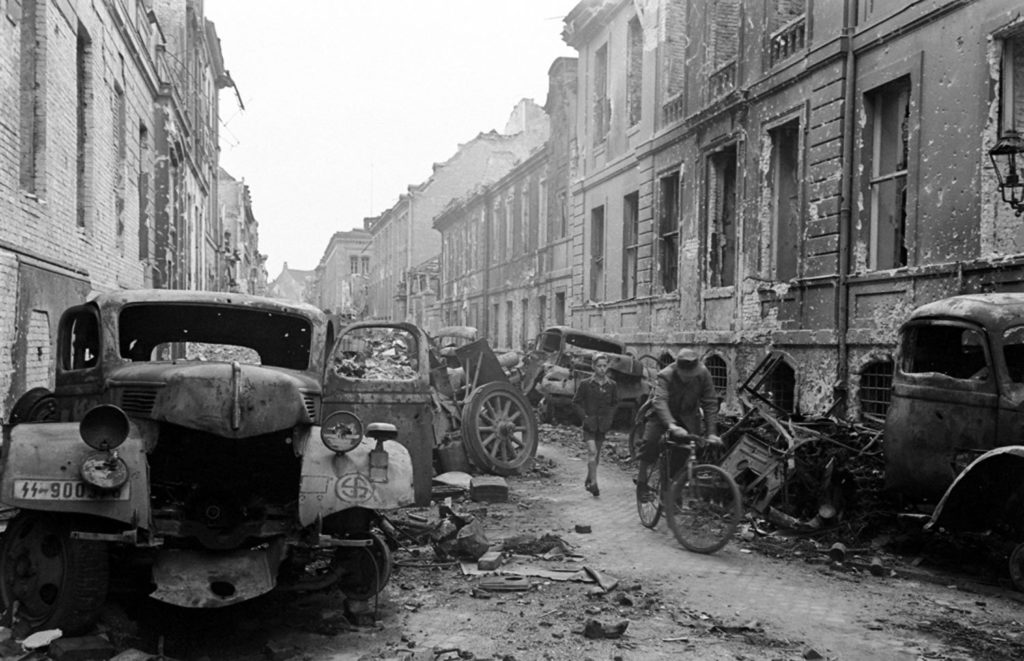
Not published in LIFE. Oberwallstrasse, in central Berlin, saw some of the most vicious fighting between German and Soviet troops in the spring of 1945
I just wanted to show the above for context of just what Germany looked like in 1945. Every place we go to visit, the captions read something like “built in 1300. Demolished in 1945, reconstructed in 1980.” It’s just insane who much damage there really was to everything.
Next we hopped an Uber down to Checkpoint Charlie. Norah was NOT having the walk and I wasn’t super thrilled to walk a mile just to see a parking lot that used to be Hitler’s Bunker. Germany has worked hard to not memorialize Hitler in any way even when they have such a tourism industry surrounding WWII. Until the last few years (I’m guessing due to the number of wandering American tourists asking where the Bunker is) there wasn’t even a sign marking the location. Now, supposedly there is a little plaque noting the location and nothing else. Quite fitting for a man with grand dreams of world domination. In the underground bunker is where Hitler and Ava Braun took cyanide and killed themselves as the Soviets closed in. There are lots of images and some film from the bunker as it was captured, but the Soviets demolished the entire structure.
But… on to Checkpoint Charlie. After WWII, Berlin was divided in half. An American section and a Russian section. Technically the Soviets had taken the entire city…but the Americans knew the importance of limiting the communist government and in conceding that much land to the Soviets, so the decision was made to divide Berlin into zones. From 1945-1961, the border was just theoretical… people could cross freely, but the policies and circumstances were causing a mass exodus from the East into the West (over 3.5 million people fled from the East to the West in this timeframe) and basically overnight, the Soviets rolled out rolls of barbed wire, threatening to shoot anyone who crossed the border and they began constructing the Berlin Wall. After the construction of the wall, there were only 3 border crossings- Checkpoints Alpha, Bravo and Charlie. Charlie was where all US diplomats and government officials had to cross, the most iconic and famous of the crossings.
In 1961, shortly after the wall was erected, there was an infamous standoff between Russian and American tanks that started over whether East Germans could inspect documents of an American diplomat that wanted to cross into East Germany to see an opera. It lasted a week and eventually was worked out peacefully, with Robert Kennedy leading negotiations. You can see the original checkpoint and sign below. What stands now is just tourism reproductions.
I saw the strangest thing and I couldn’t get a good quick picture because it was gone- but you get 2 blurry ones. haha It was like a group bicycle. Everyone was peddling and talking and moving it on down the road. Hilarious! The lady in the headscarf smiled broadly and waved at us. Not sure if it’s something you can rent or if this is just something they own and ride around as a family! So many questions haha
We next walked by the Trabant museum. A collection of “Trabi’s” or Trabant brand automobiles-a vintage East German car. I now have a new old mini car I’d like to have. haha I didnt know these existed, but they are adorable! Turns out there is a little mini industry around Berlin renting Trabis to tour around Berlin for about $125 a day. Not bad considering…
We kept seeing the Berlin Hi FLyer balloon high above the city on our walk, but ended up by the entrance. Norah wanted to go up and I would have taken her but they were just closing it down for the evening when we got there. (darn the luck. ha)
In Currywurst we trust!
Everywhere around Berlin, you’ll find kiosks and small vendors selling Currywurst, a local specialty with blue collar roots. A cheap lunch for the local workers that has now become a famous staple of the city. and you know us, if there is local food that needs trying- we are there. ha
The best way I can describe it is like a slightly softer skinned cut up hot dog covered in ketchup – like you had at about 5 years old- dusted with a very mild but still fragrant curry powder. I felt like a kindergartener again. ha Norah was a big fan. (because: hot dogs) At the time I was very “meh” about it, but I caught myself craving another the next day…so I can see how you get hooked 🙂 Kegan was impressed that you could get a bottle of beer, a coke or a water with your currywurst combo for the same price. That’s a world he likes living in!
We continued on to the Topography of Terror as the sun set. A large section of the Berlin wall remains along with an open air museum regarding the Nazi party’s rise to power. It was interesting. It was all 1932-1933 Nazi progression and how things happened to enabled the party to take complete power from the government. Lots of vintage photographs from around Berlin in 1933. The famous Nazi book burning where the young people of Germany basically organized a burning of thousands and thousands of books they deemed non-German. Anything Jewish, anything communist- but even American authors like Hemingway, or Irish author James Joyce. Anything that showed an upper or upper-middle class view of the world or didn’t fit into the Nazi party doctrine.
Just past the standing section of the wall, this metal memorial runs the length of the street where the wall used to stand.
We walked back to our hotel for the evening looking for dinner-eventually ordering Thai delivery to the hotel. It was good. or maybe I was just terribly hungry.
We did stumble upon one last thing that I had read about. There is a project in Berlin, the Stolpersteine Initiative. (Tripping Stone Initiative) – Little plaques inset into the stone streets outside of what used to be a house’s main entrance, where Jews were forcefully removed. Before the concentration camps, Jews were deported from around German including major cities and “relocated” to overcrowded ghettos in various places. So, a letter from the government would be received (best case- sometimes the police just showed up and told you that you have an hour to pack your things, that you were being relocated.) Basically they were informed they could no longer own property and that they were being relocated to Warsaw…or Krakow.. They were to pack up no more than they could carry and leave. Can you imagine? The houses would then be gifted to Nazi men of importance or used for housing for other Germans. and since most of the Jews and entire family lines would eventually be hauled out of the ghettos and murdered, no one ever could return to claim the property. I think this project is necessary and I am really glad they have done this as a reminder in their daily lives of the atrocities committed against the Jewish people.
After a needed sleep, we started our Day 2 morning with a great European breakfast. I love the “cold plate” breakfasts available here. They dont hold a candle to Swedish/Norwegian breakfasts- but I do love meat/cheese/croissants and fruit for breakfast. I had a pretzel this morning- just because I could! Norah thought pretzels for breakfast was pretty amazing, too. ha
We drove over to Alexanderplatz and parked to walk another part of Berlin. We saw the Urania Weltzeituhr (World Clock). You can tell the current time in 148 major cities. Built in 1969 during reconstruction of the square.
Behind the world clock you can see the Berlin Fernsehturm (Berlin Needle) – a symbol of the city. At 368 meters tall, its the tallest structure in Germany. It was a TV tower built in the 60s with a rotating restaurant and an observation deck.
We continued walking and came to the Neptunbrunnen (Neptune’s Fountain)- a city fountain built in the 1890s with the Roman god Neptune and 4 women representing each of the 4 rivers of Prussia: Elbe, Rhine, the Vistula and the Oder.
After the fountain we walked to the Berliner Dom- Berlin Cathedral.
Norah showing her love for french fries.
This led us to Museum Island, a small island in the middle of downtown Berlin with multiple cultural museums. We started outside the Altes Museum, but didnt tour it since it’s mainly art from the Prussian Royal Family and we have a 5 year old who’s schedule is all messed up right now ha.
We did buy tickets to the Neues Museum and the Pergamonmuseum- the two main attractions on the island. The Neues museum’s claim to fame is the Egyptian wing and the Bust of Nefertiti – a sculpture of the royal wife of King Akhenaten from 1345 BC. (almost 3500 years old!) The bust was discovered in 1912 by a German excavation. During the bombings of WWII it was moved to a salt mine outside the city, discovered by the US Army and turned over to the Monuments, Fine Arts and Archives Branch (have you seen the movie Monuments Men? A group of soldiers whose only job was to preserve the art of Europe during the war.)
I wasn’t allowed to take photos inside of the room (this still really irks me when large attractions do this… but in this case, I will assume it’s because people can’t turn off their flash and the flashing lights over an over can erode the paint on the statue.) So, here is a close up from the museum website
A couple other Roman and Egyptian items were neat to view as well.
A bust of Socrates
A leader of the Egyptian army
Norah liked the hieroglyphics on this one. “Like really old Emojis” i think she said. ha
The Neues was badly damaged during WWII and some parts of the damage are still visible in the walls.
We came back out of the Neues to find that the Pergamonmuseum had a 2 hour wait just to enter the sites. Yowza. So, we made the decision that the glossy high res photos online of the 3-4 sites I wanted to see would just have to do this trip. Disappointing, but I would find it hard to wait in line for 2 hours for free gold nevermind jet lagged with a 5 year old. haha
So, we trekked it back to the car and headed out towards Dresden. Just in time, too. Just started sprinkling rain on us as we got to the car and it rained almost the entire time we drove to Dresden, but stopped about the time we arrived. Then poured rain the second we got into our hotel room- great luck with the rain showers today!
We ate the local delicacy of McDonalds along the way. ha
Norah was happy. Then she fell asleep eating french fries- poor thing. ha
I caught a little nap myself while Kegan drove and we hit downtown Dresden for a quick tour. My photos are really washed out because it was so grey and overcast.
The Frauenkirche is a famous domed Lutheran church (was Catholic, then Lutheran during the Reformation) built in the 1700s. It’s huge sandstone dome is a real feat of engineering. It is said to have withstood over 100 cannonballs during the Prussian war… and it even lasted 2 full days and nights through the bombing of Dresden in 1945.
Eventually though, the dome fell during WWII. Over 650,000 incendiary bombs were dropped on Dresden by Allied forces- mostly the UK. The church temperature reached over 1800 degrees F and the church collapsed.
The bombing of Dresden is one of the questionable things the Allieds did in WWII. My personal opinion is that it was Churchill’s payback for the bombings of London and the “strategic nature” of Dresden is questionable… it seems to me that we just bombed everything in sight in a city of mostly civilians… but then again- war is war and it’s not pretty and a heck of a lot of civilians died throughout the entire conflict.
The church sat in ruins like you see above until the 1990s. It has just recently been reconstructed to the Baroque design.
We walked along Brühl’s Terrace, or the “balcony of Europe” overlooking the Augustus bridge (under construction) and the River Elbe.
We saw the Procession of Princes- the largest ceramic art piece in the world (if Wikipedia can be trusted). This was designed to commemorate 800 years of Saxon kings and depicts every king throughout the Wettin Dynasty.
Next we walked towards the Georgenbau, an old city gate to the Elbe river.. built with a palace on top.. very ornate neo-classic architecture.
Kegan really liked the guys guarding the main central entrance.
Norah’s highlight of the day: the ice cream. She got strawberry and I got Mango basil which I then swapped with Kegan because he loved it and I thought i was OK. He has ordered a Quince Kefir.. so that’s what I had. ha
We ended our day outside of Dresden in Coswig at a small hotel/restaurant/beergarden with traditional Czech food. We were one of 3 guests in the hotel and the dinner was very good. Menus only in German/Czech… so it was a bit of a guessing game! But we were happy in the end. A great intro to Czech food.
Tomorrow we will be off through the Czech countryside and ending in Wroclaw, Poland.
We did get some bad news from home late into Day 2 that Kegan’s grandmother has had a severe stroke and was undergoing brain surgery to remove a clot. We are getting updates and checking in with the family, ready to come home at a moment’s notice. For now, we feel helpless but know we can’t do anything more there than we are doing here as its just a waiting game now to get more information. Please keep Dave and Sharon Ison in your positive thoughts or prayers and their entire family for comfort and guidance. We saw Sharon as we left for the airport on Saturday- they came to watch Norah’s soccer game and we just laughed at those little monsters running around like crazy. You could tell she had a great time and she looked good, felt good. She seemed better than she had been in months. She gave us bigs hugs and kisses and said how much she loved us and wanted us to have a fantastic time on our trip. I’m thankful for that send off and that long hug now, but hoping that is not to be our final goodbye.
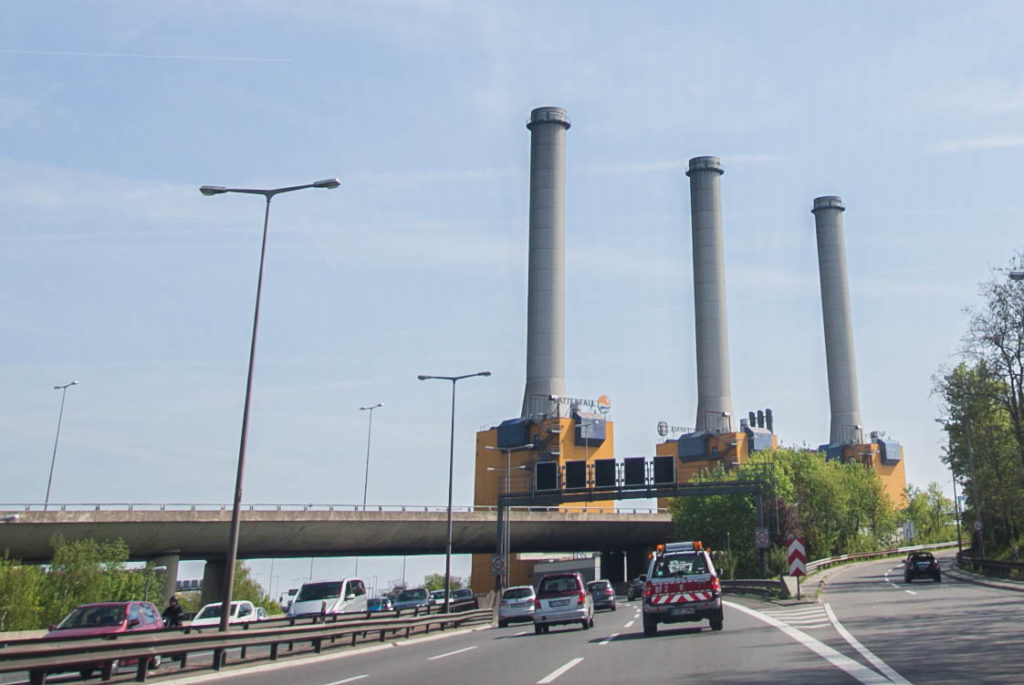
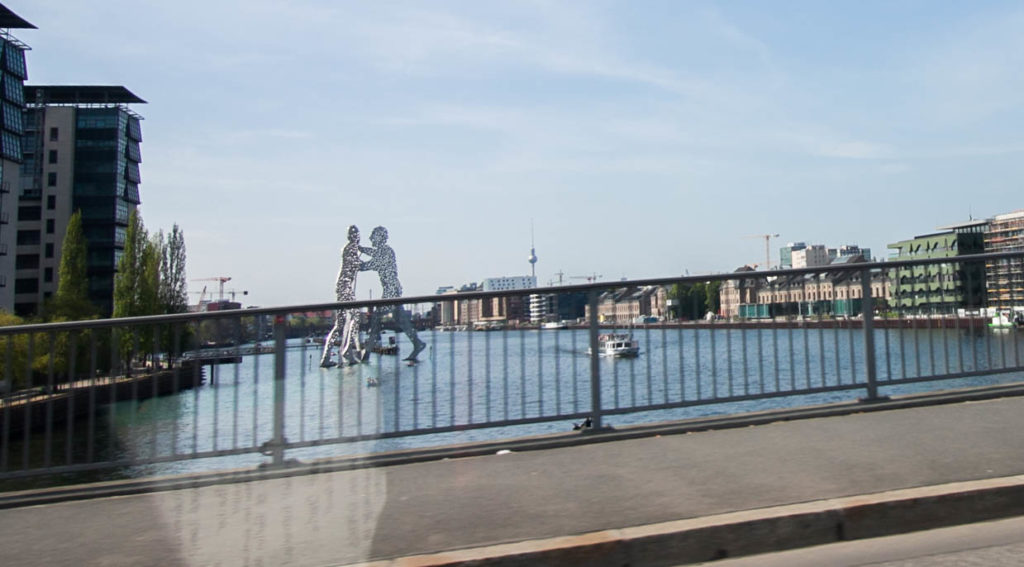
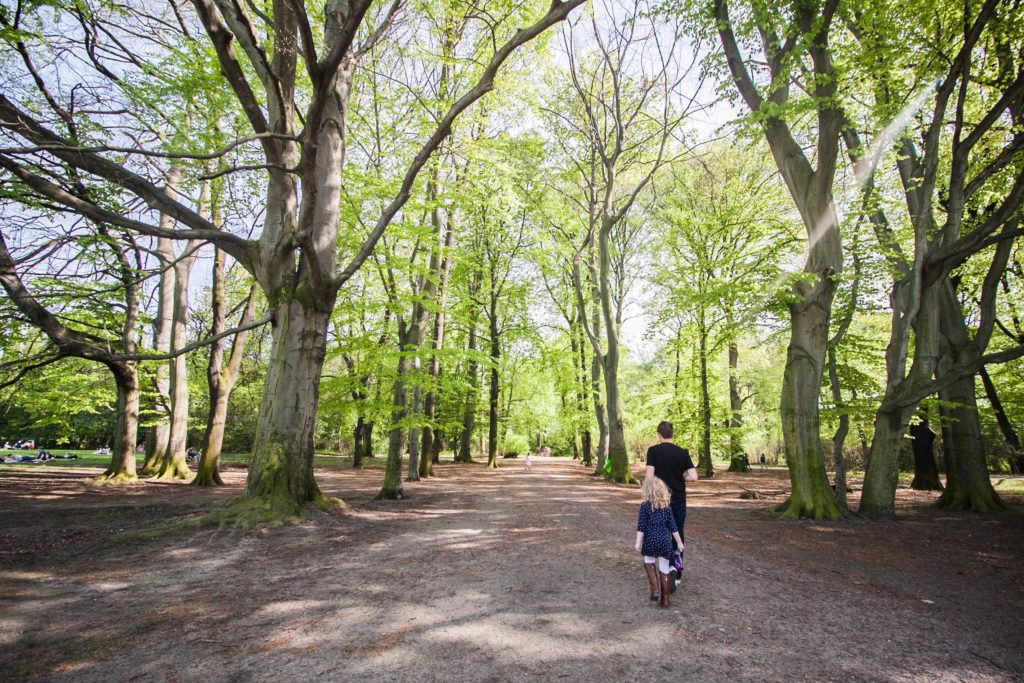
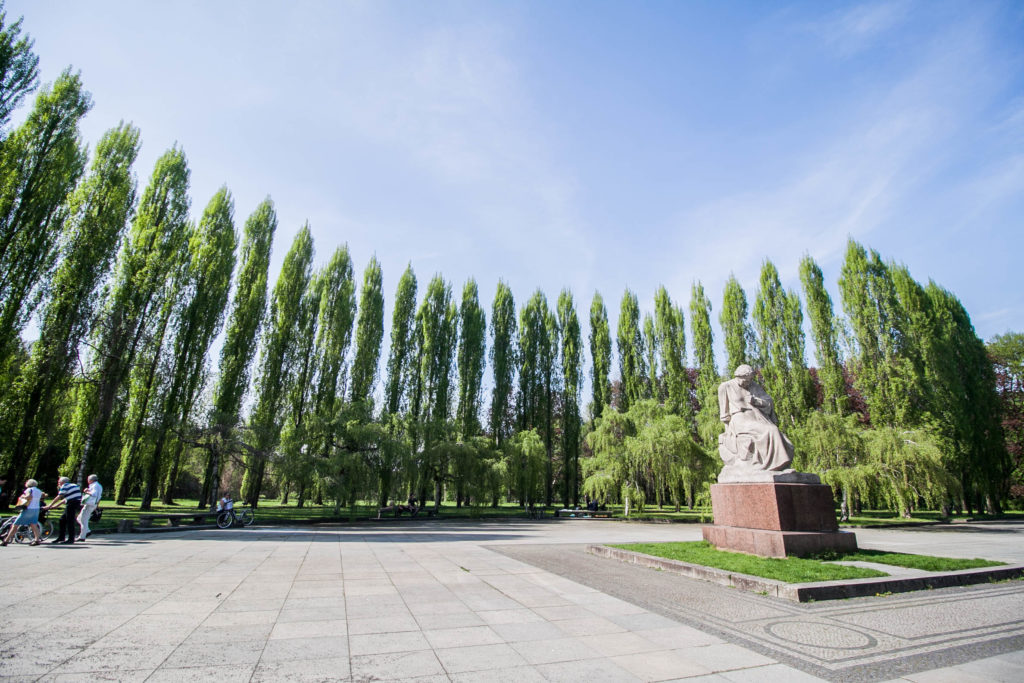
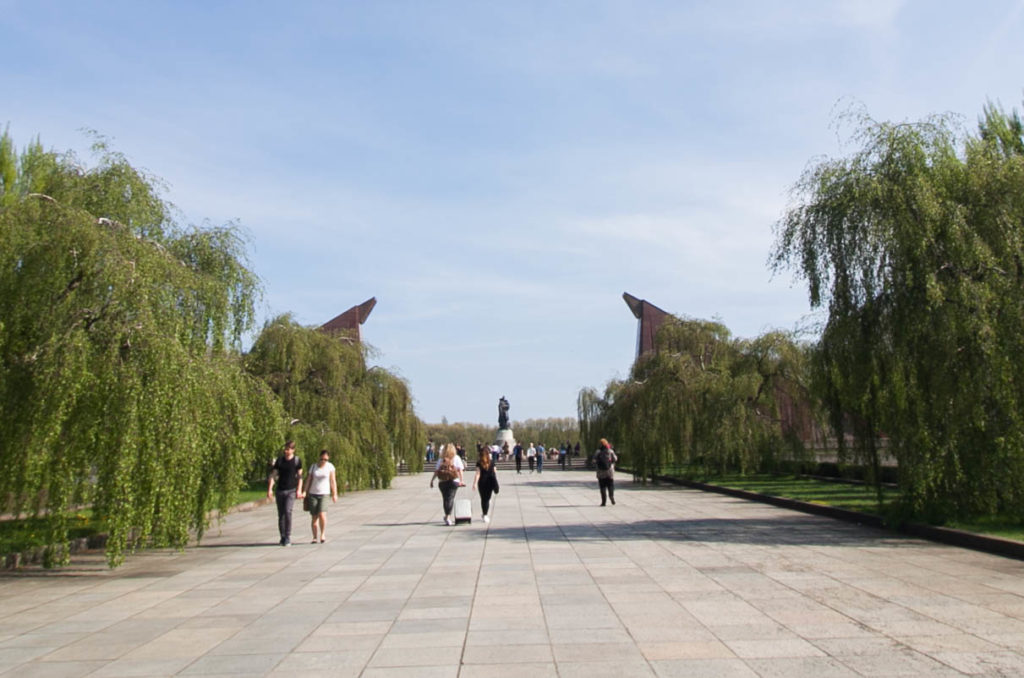
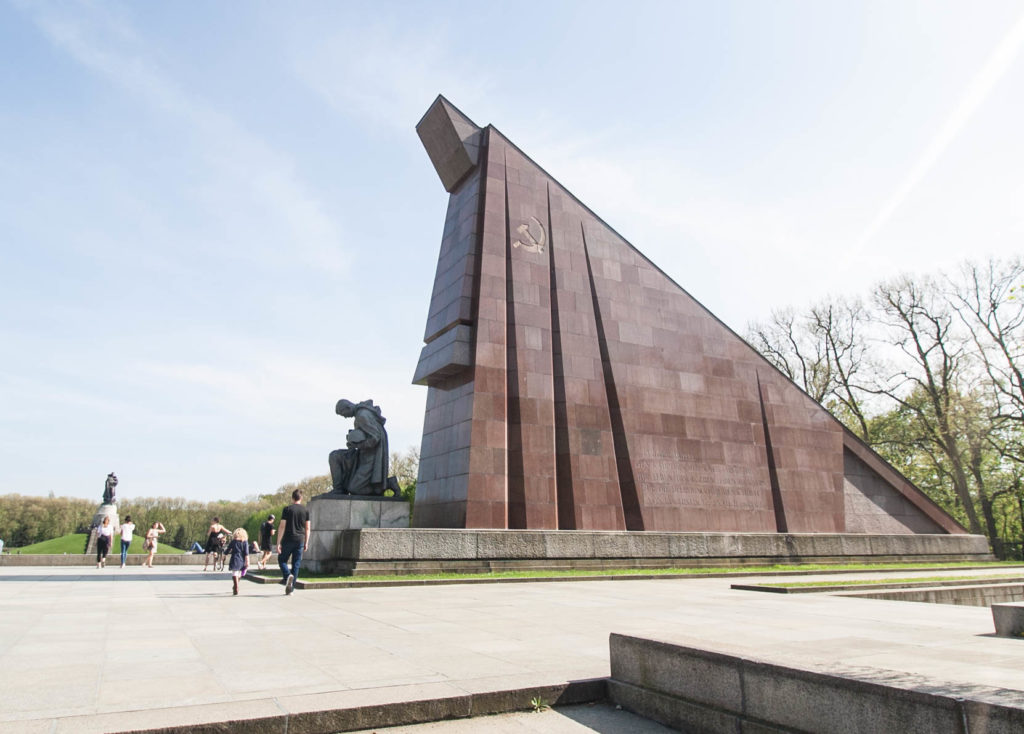
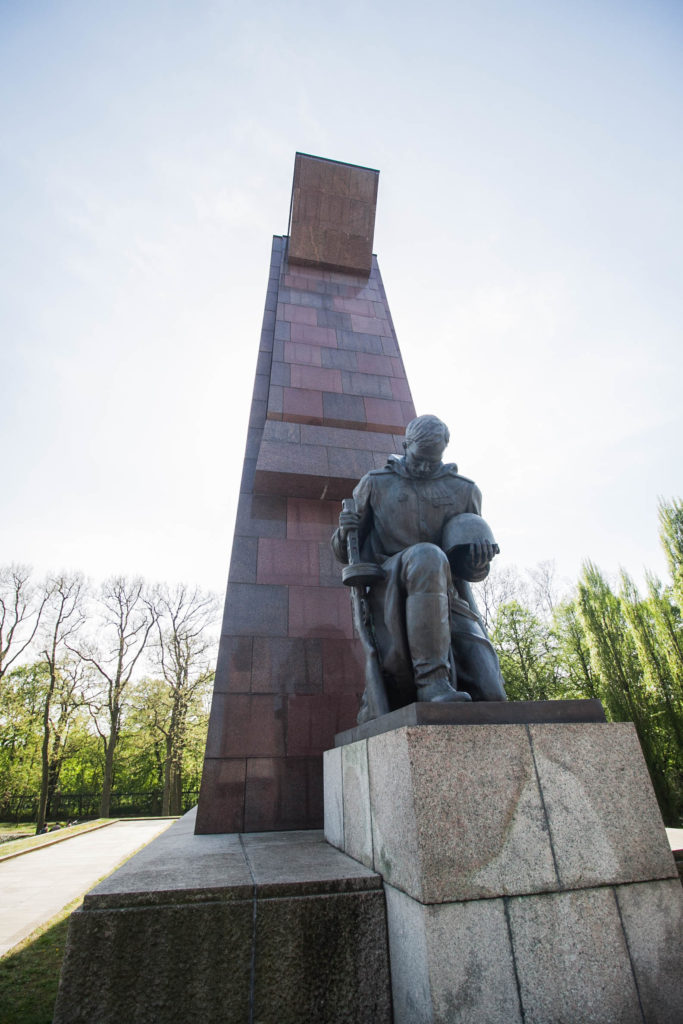
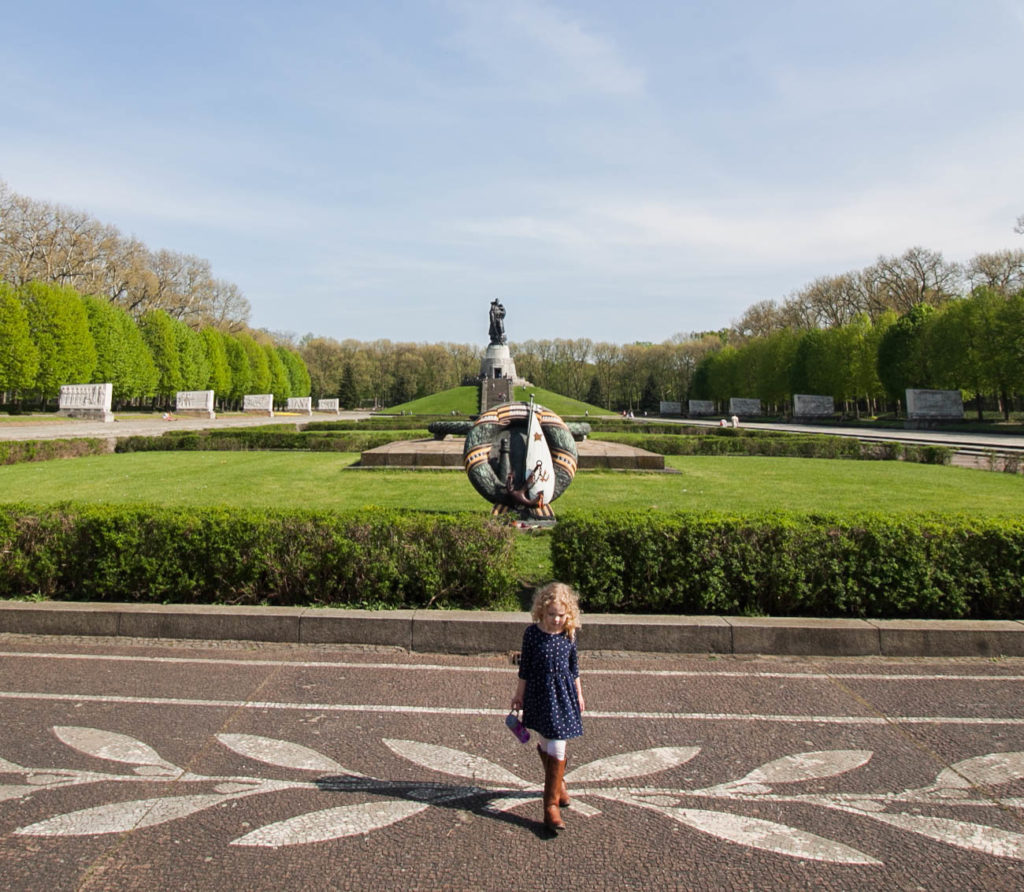
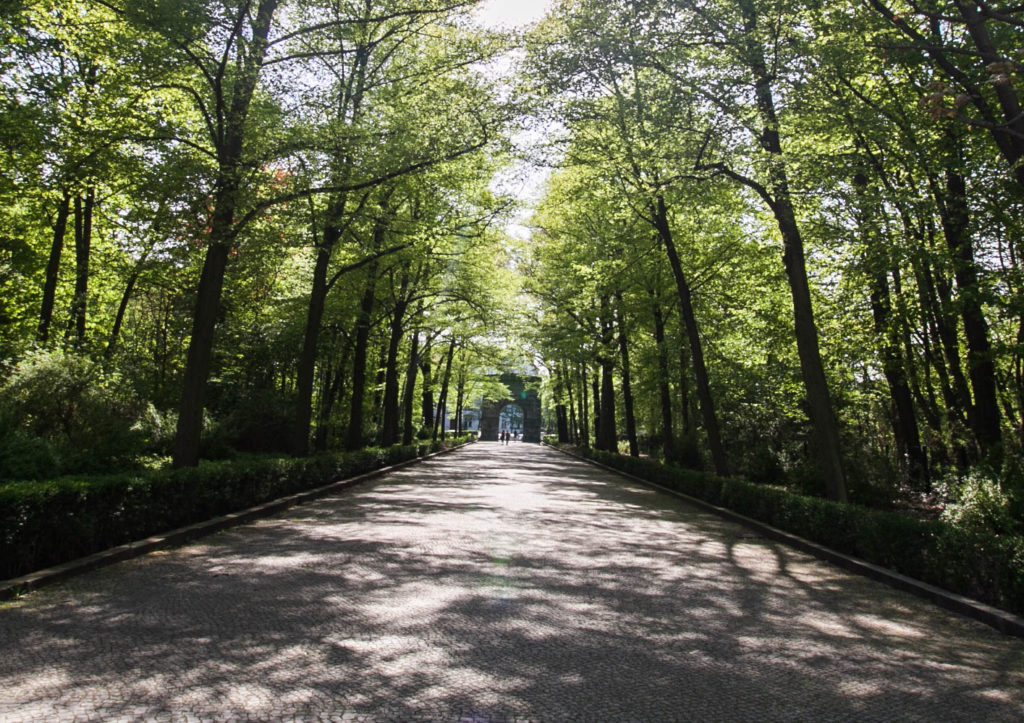
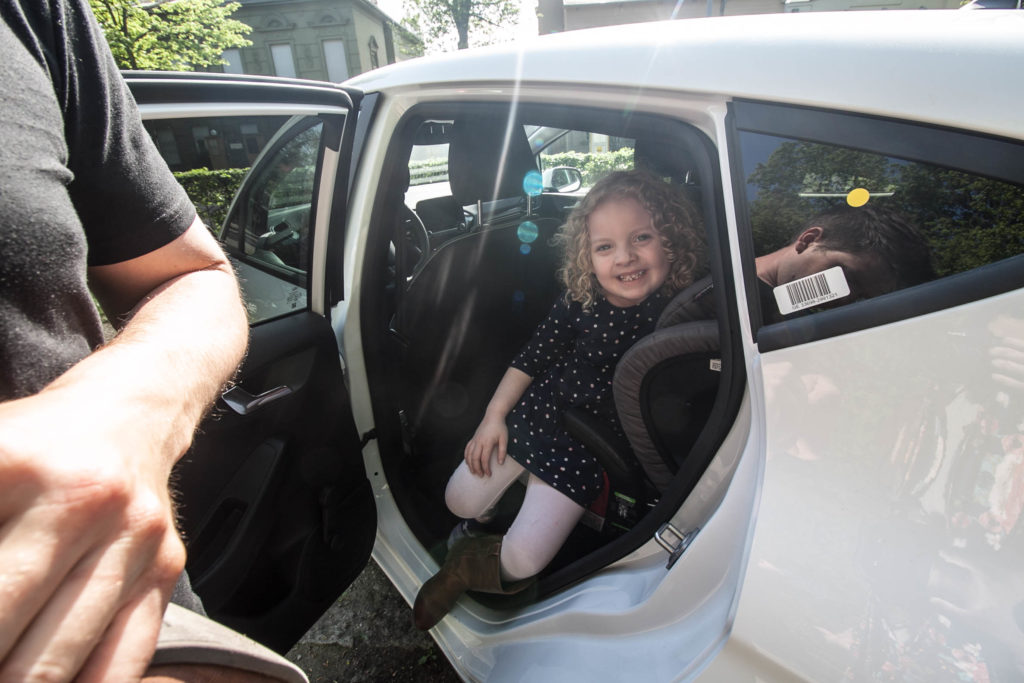
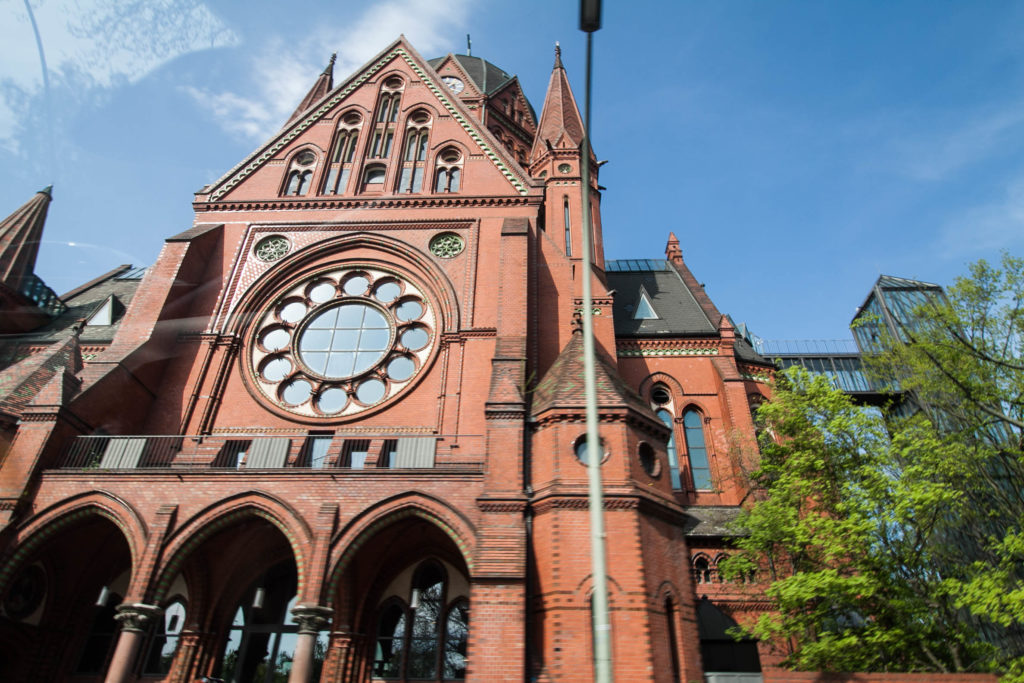
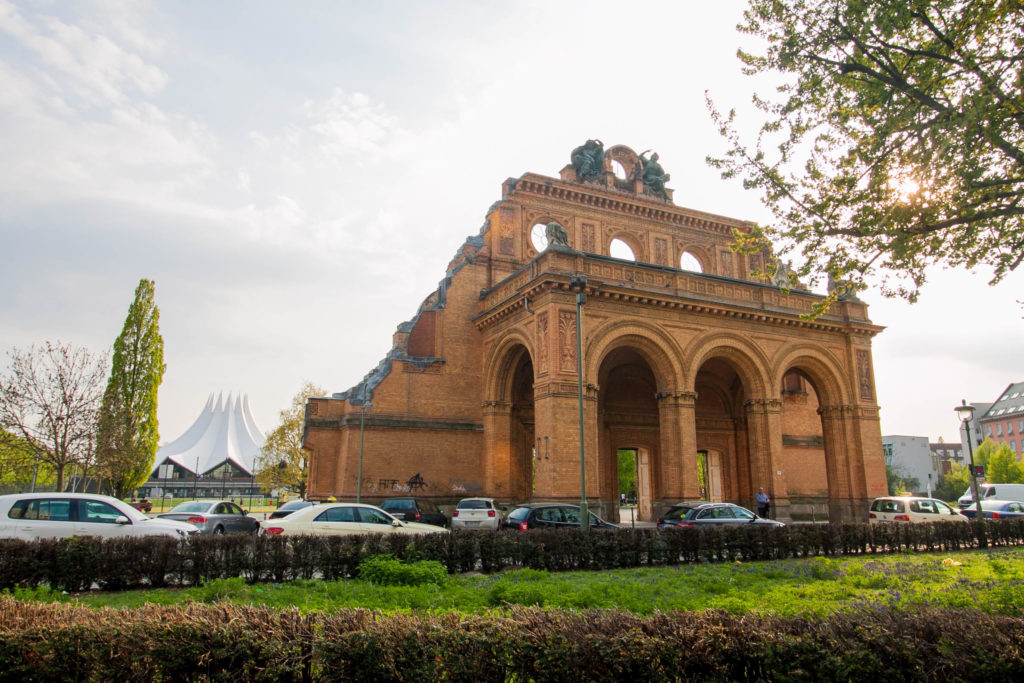

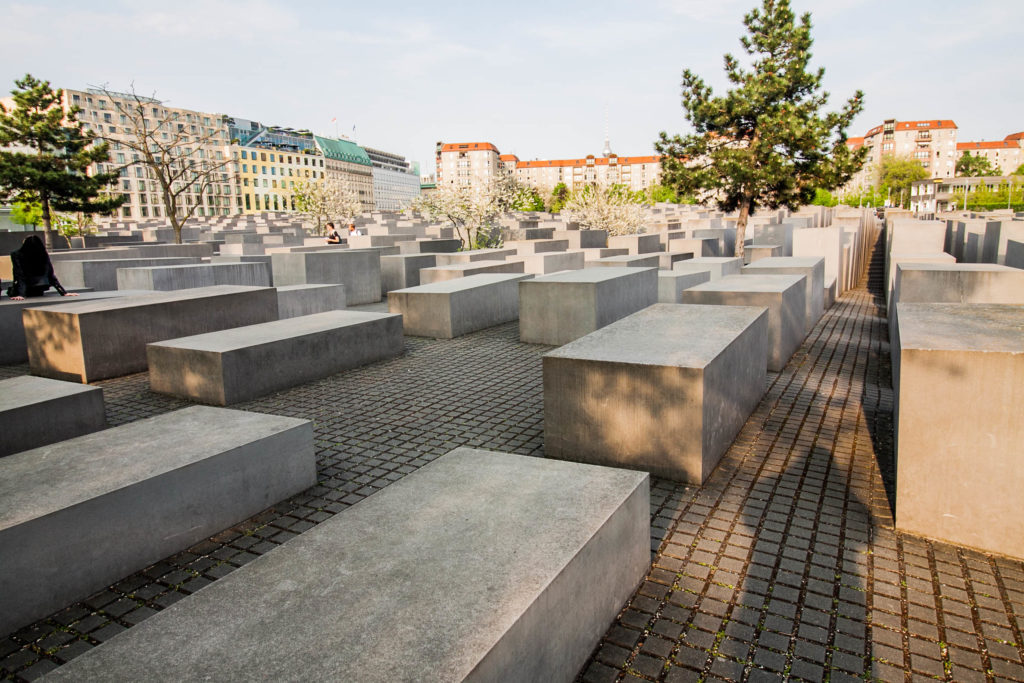
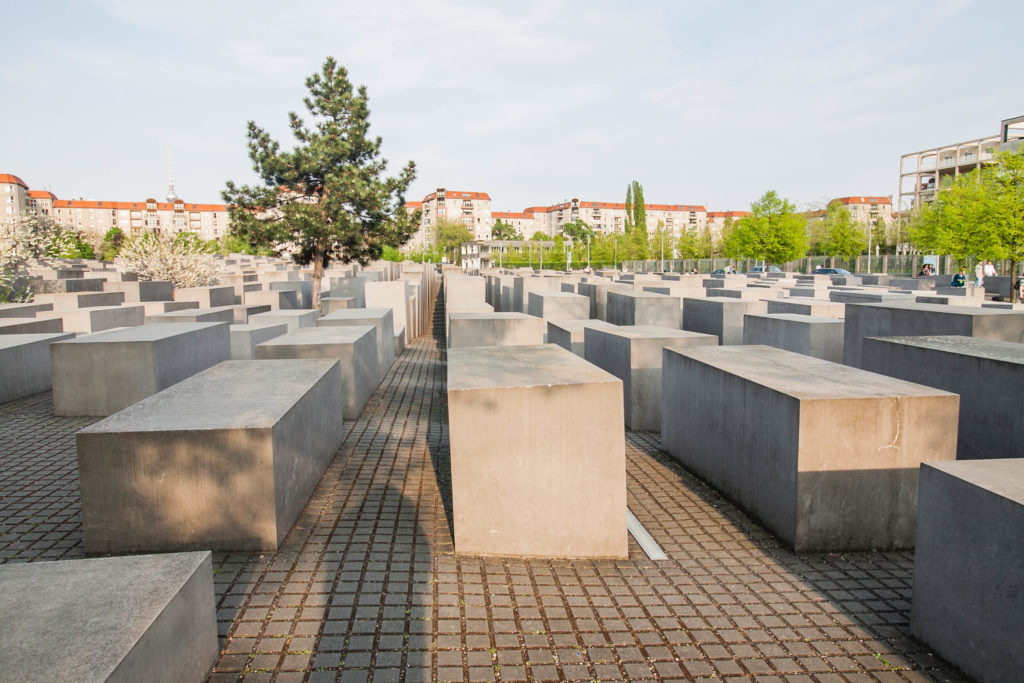
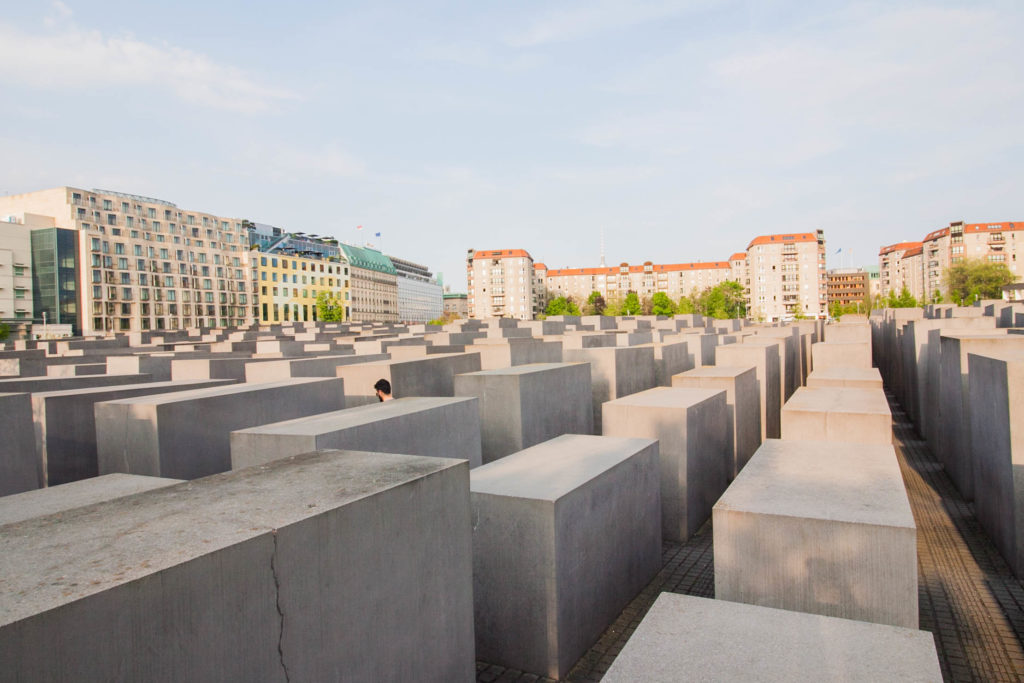
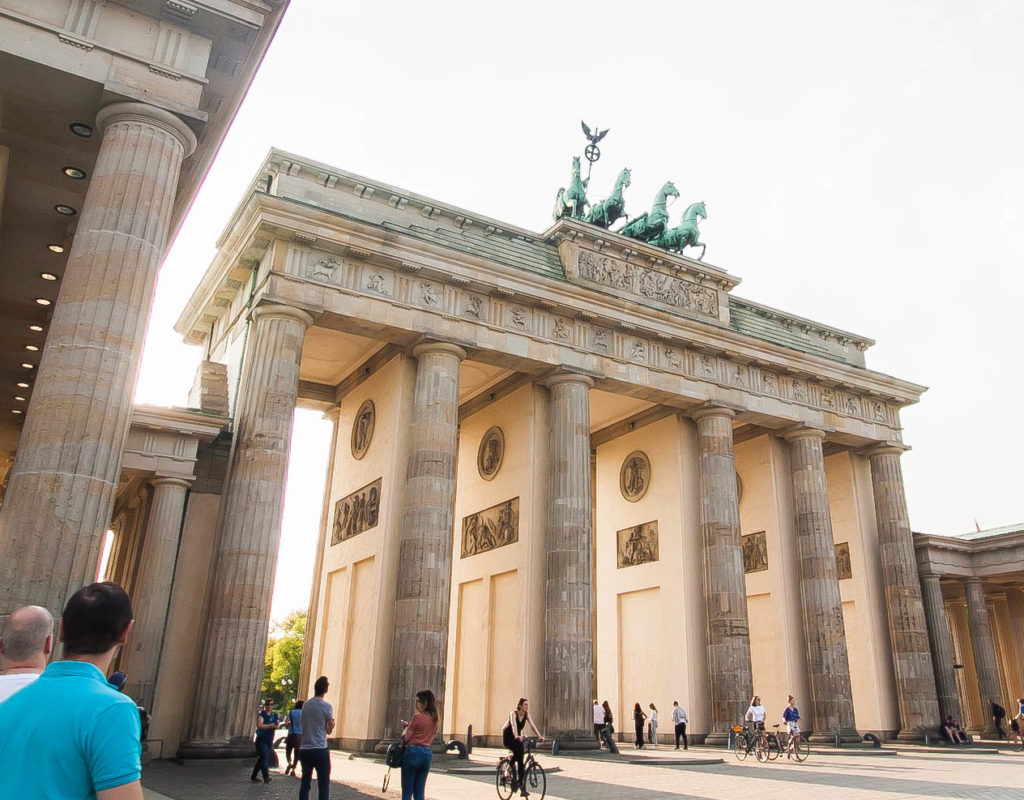

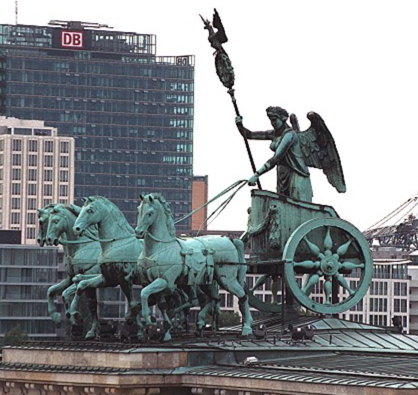
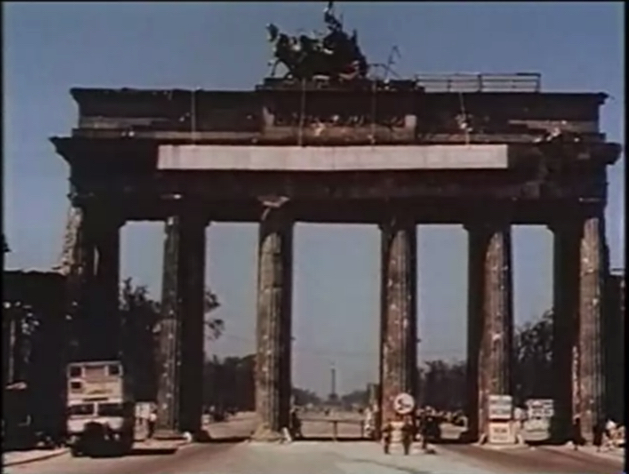
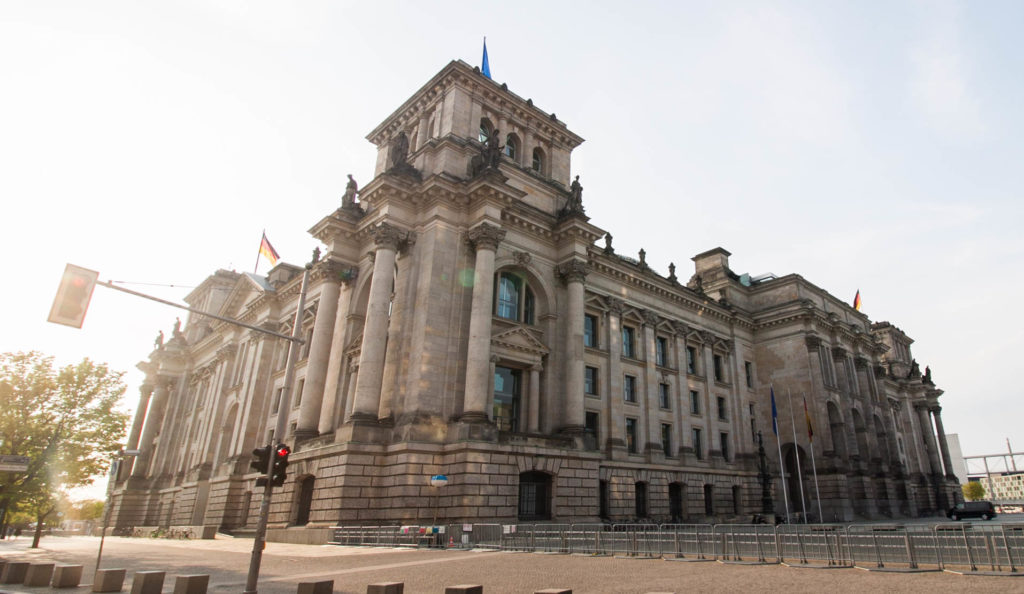
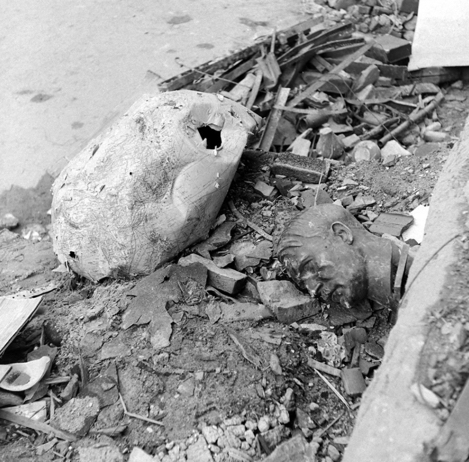
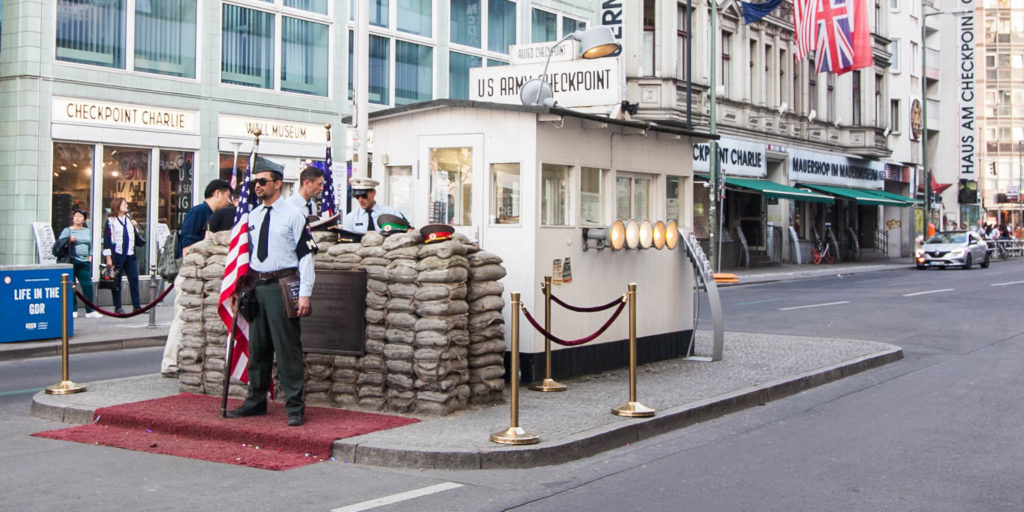

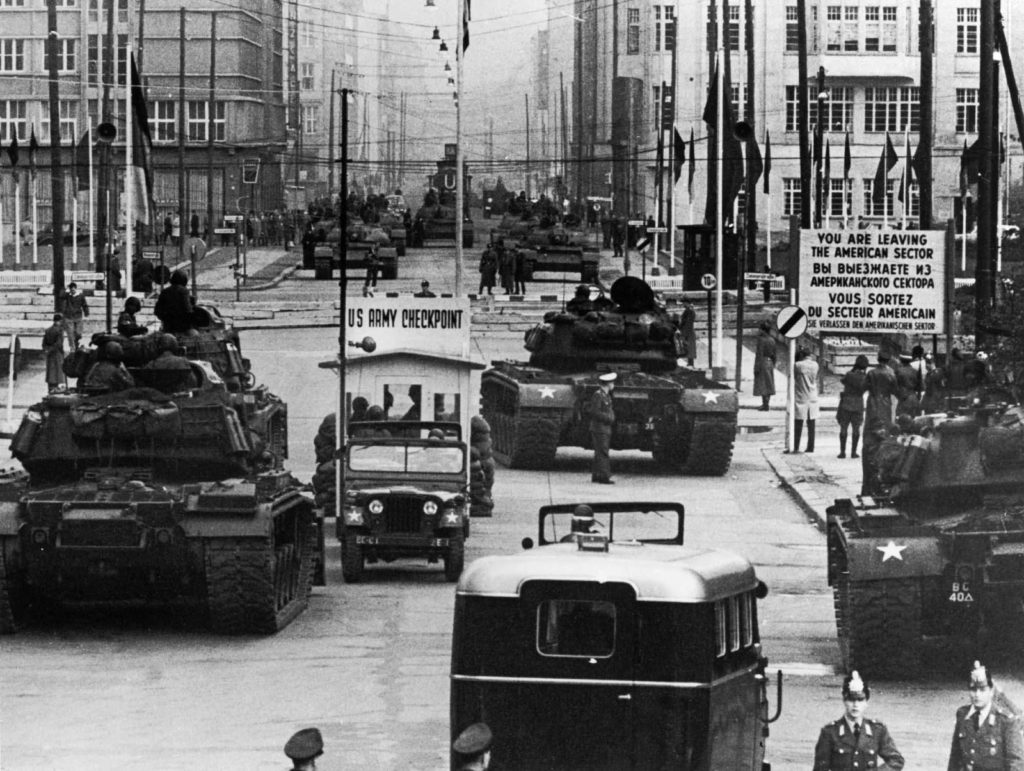
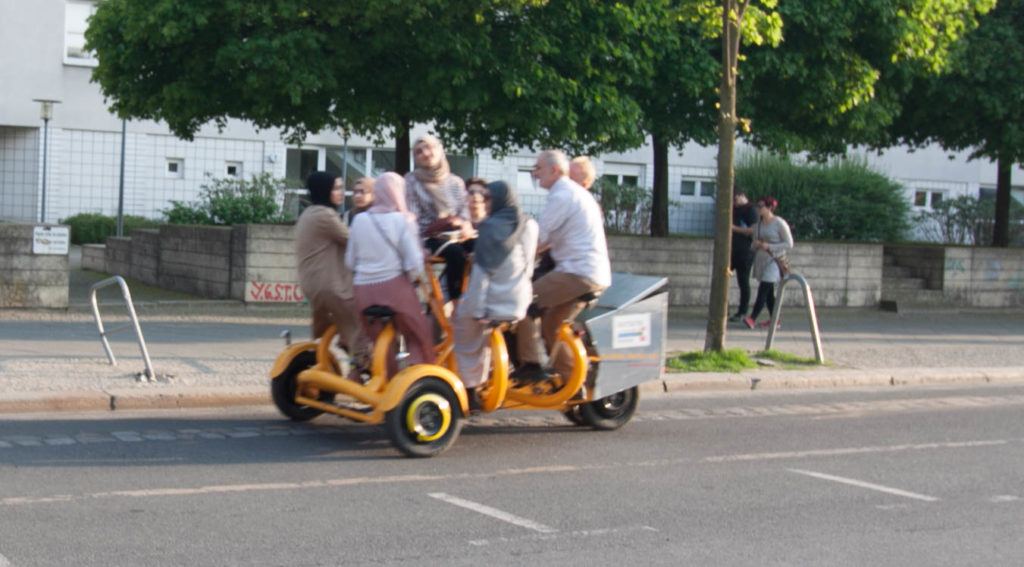
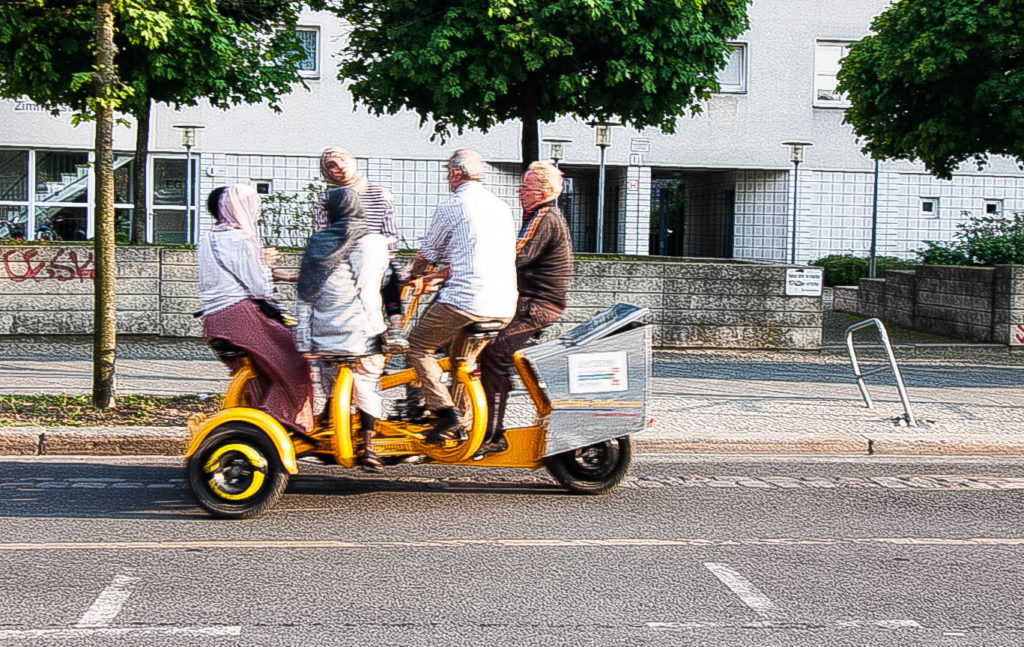
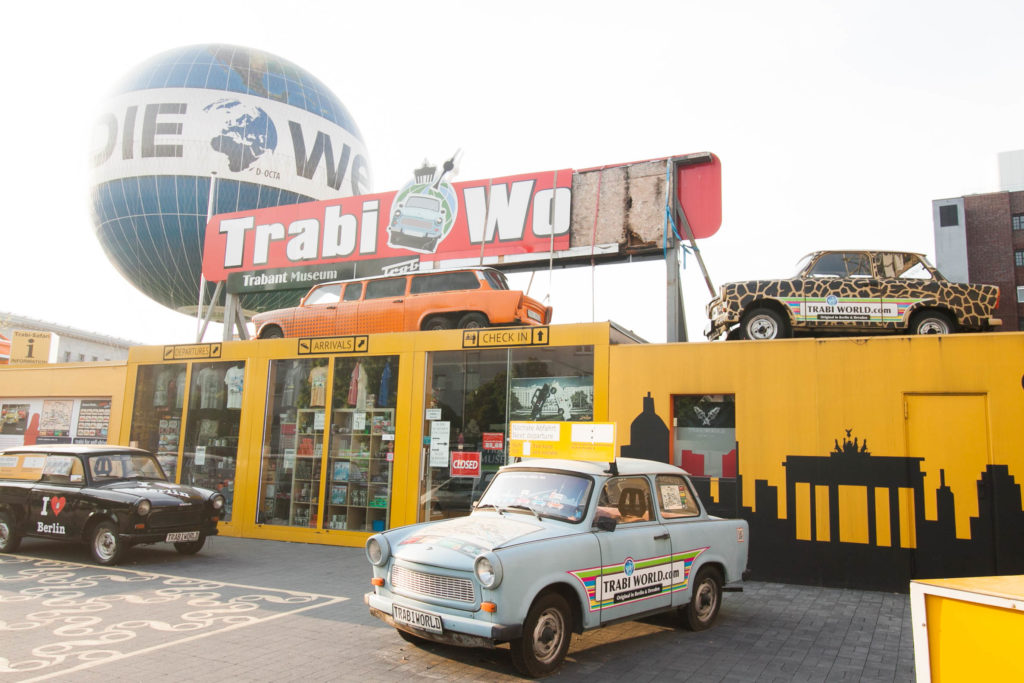
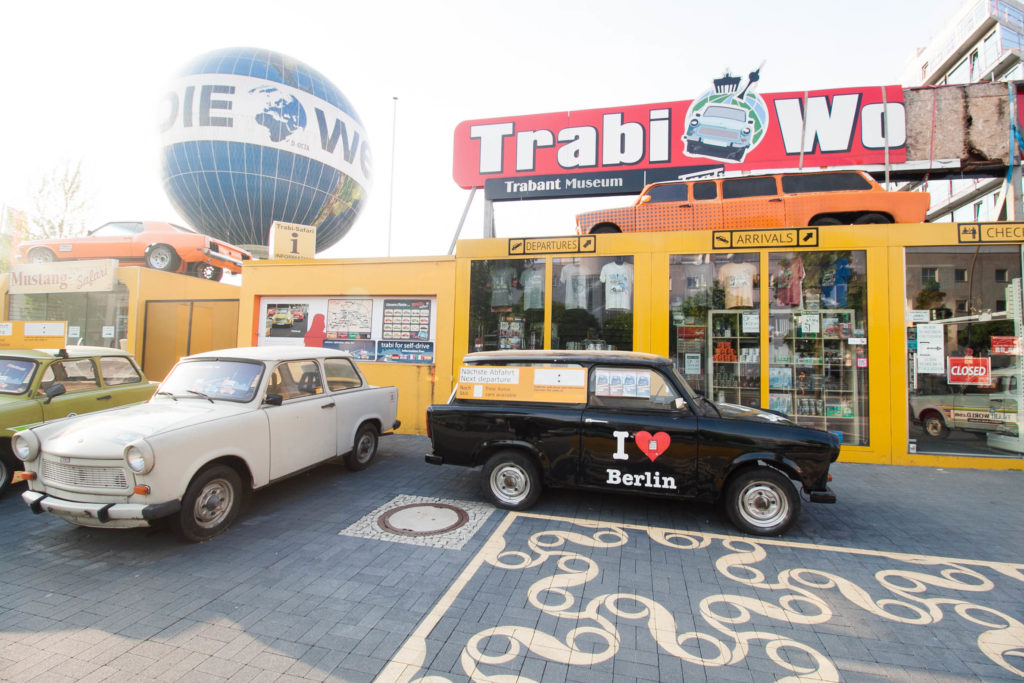


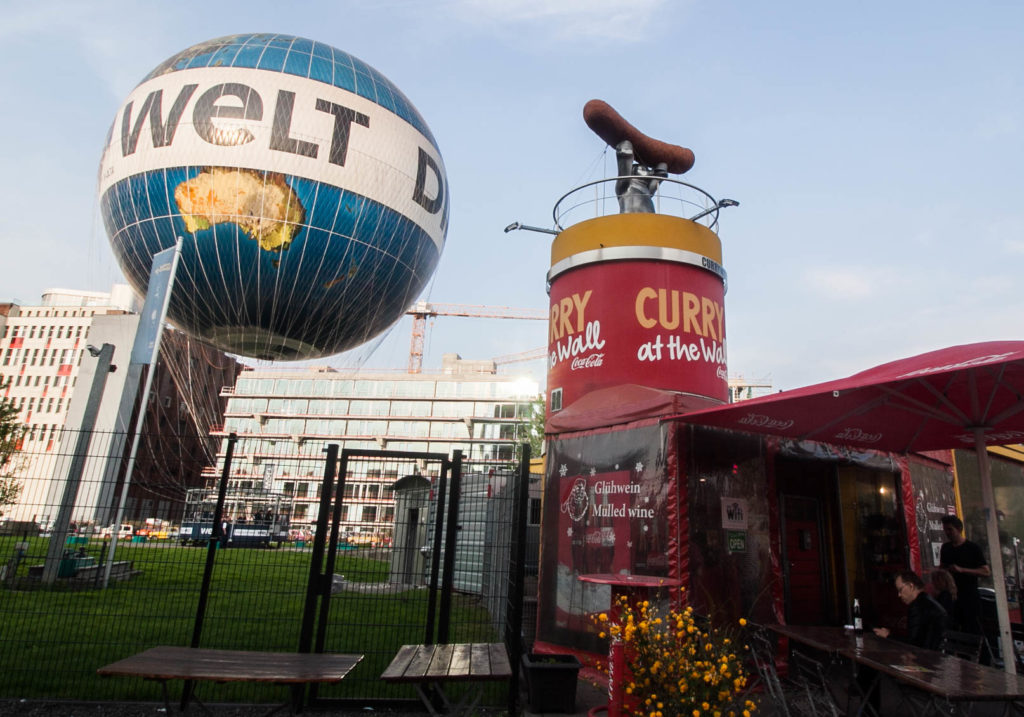
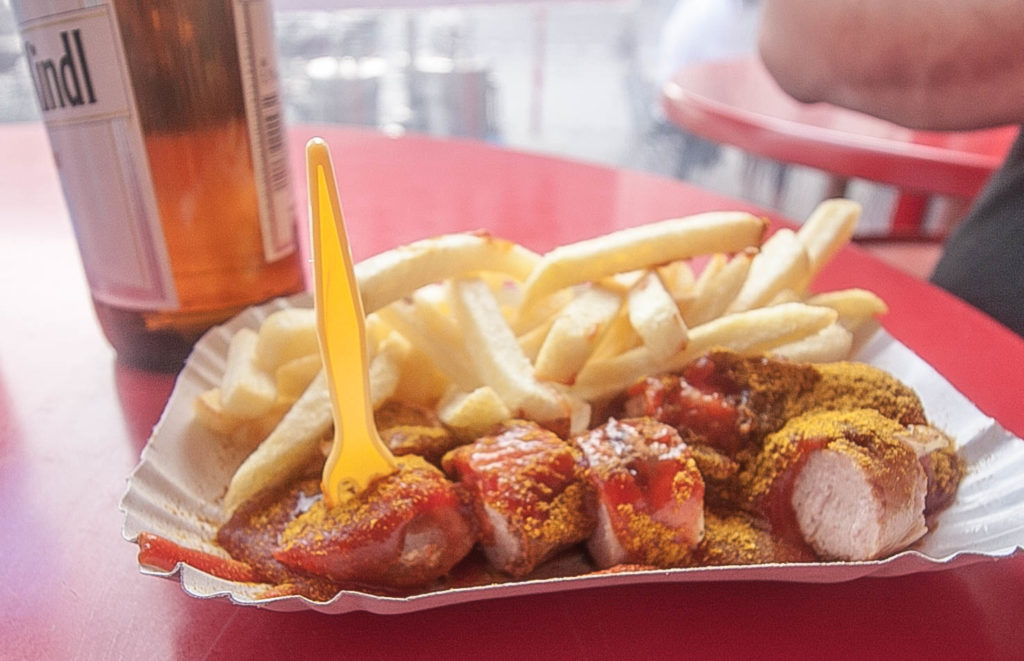
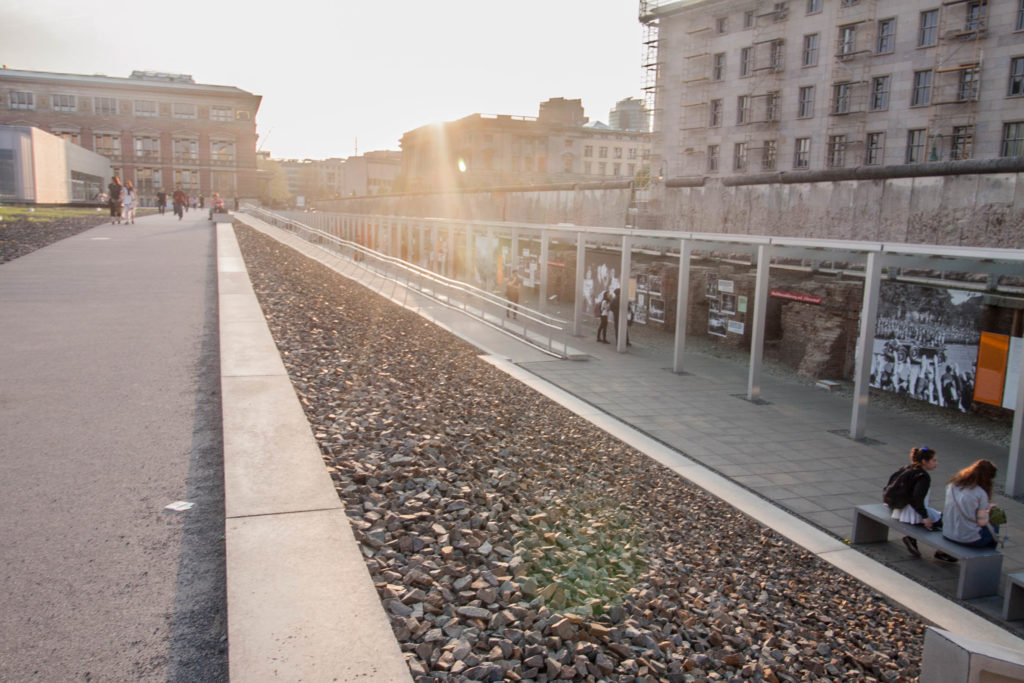
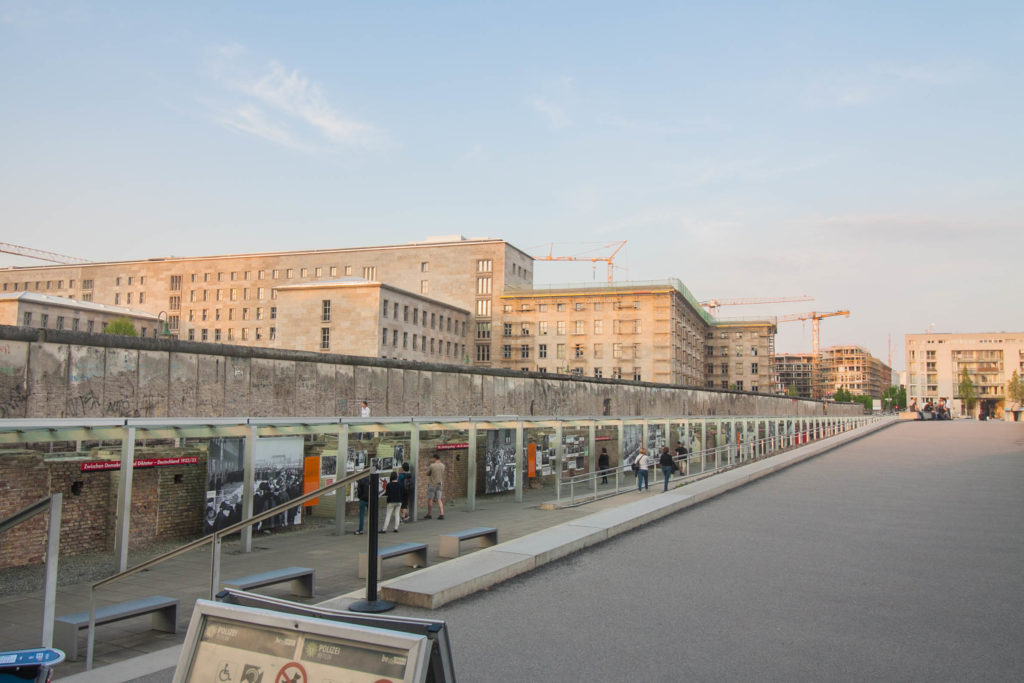
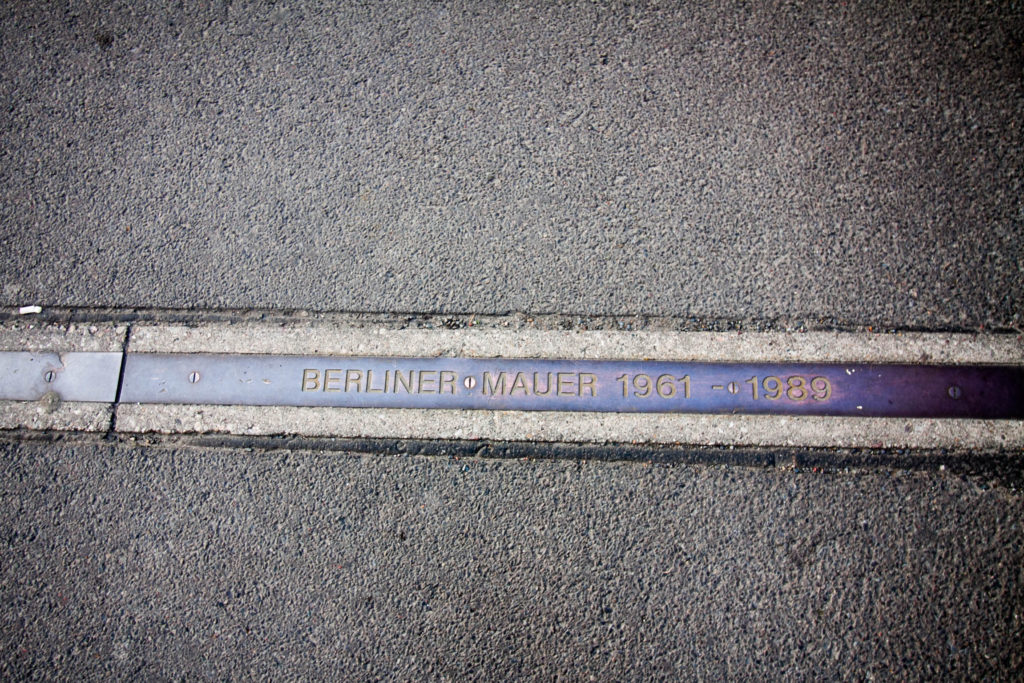
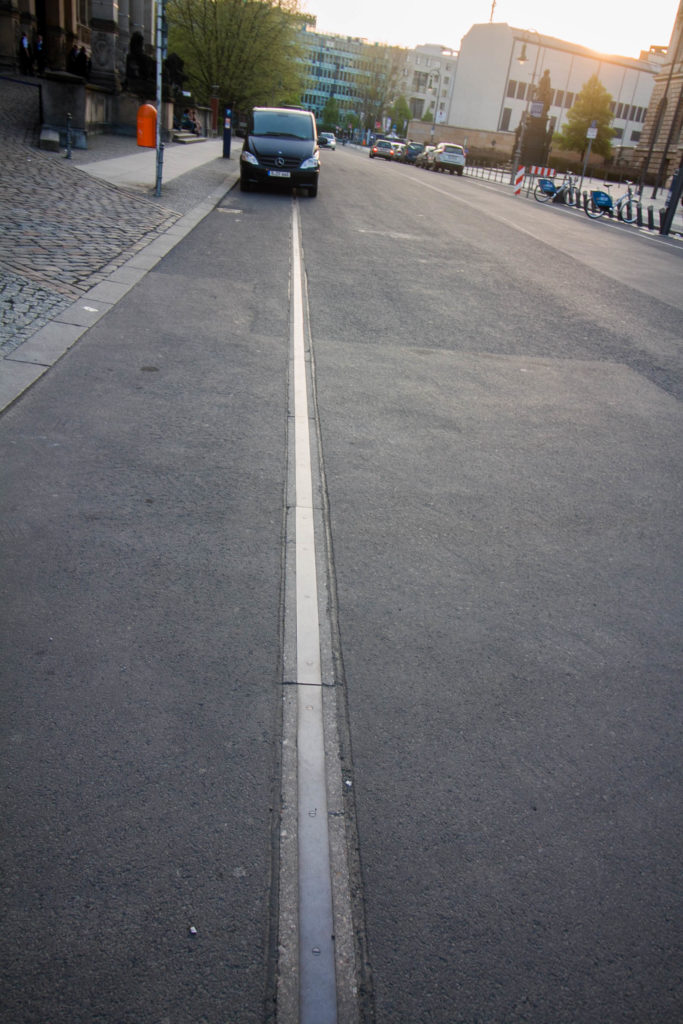
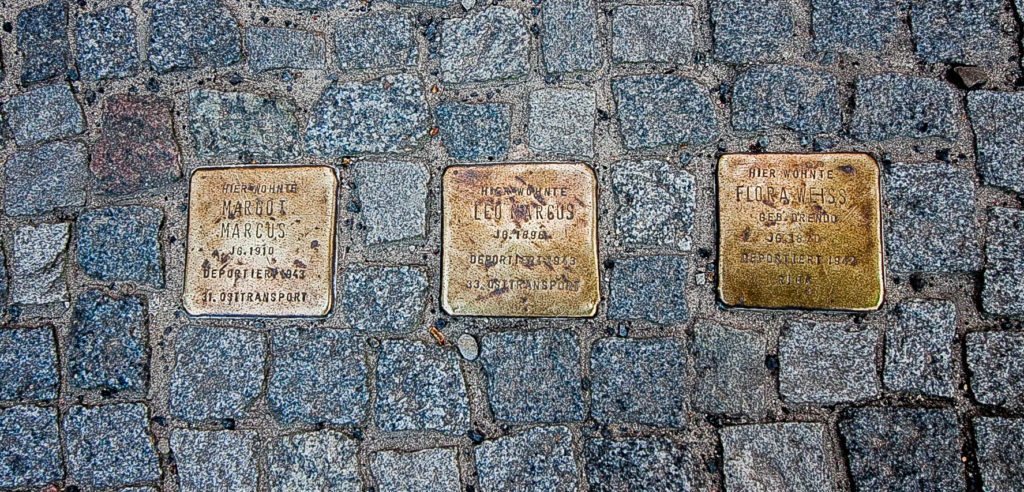
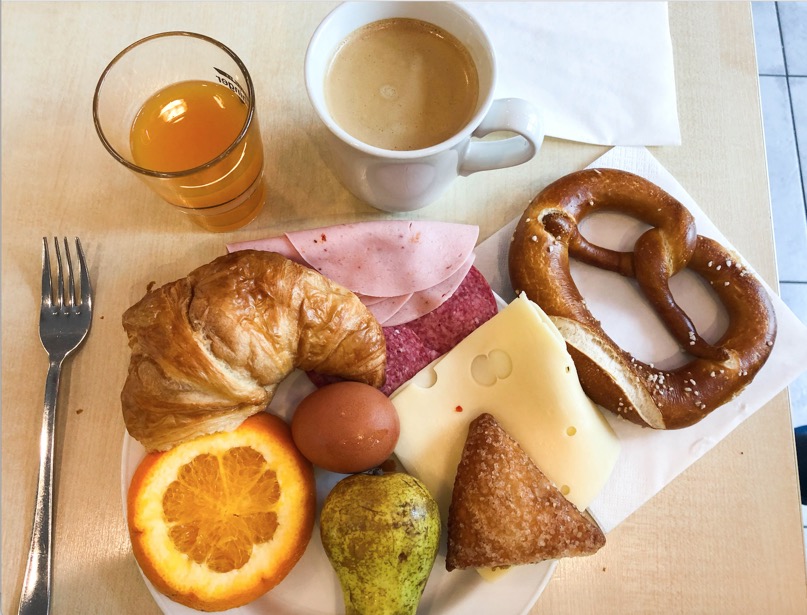
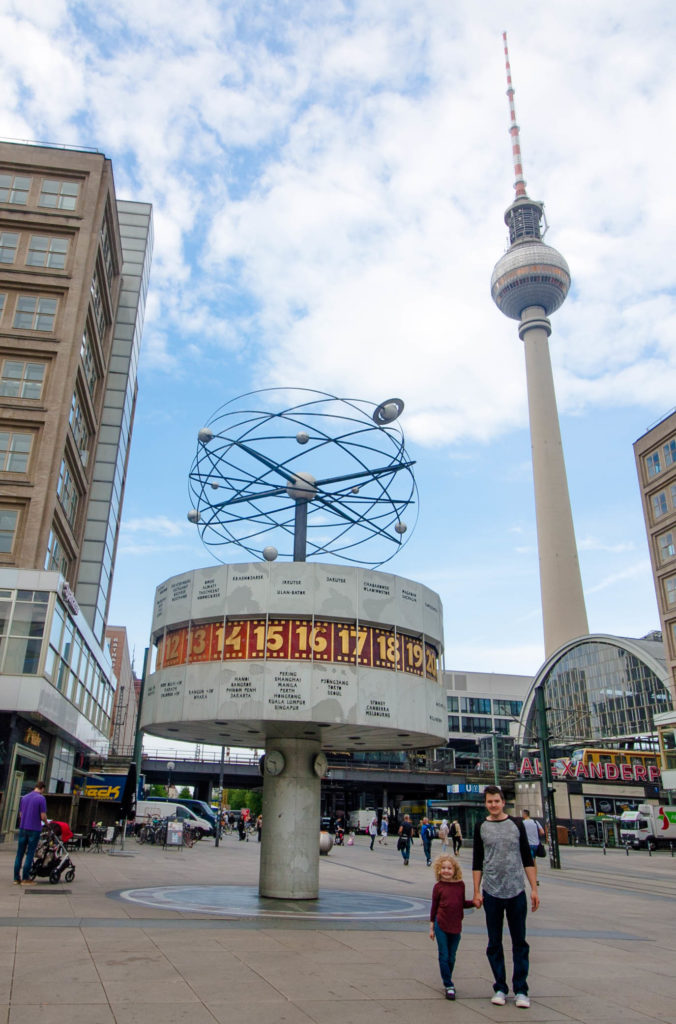
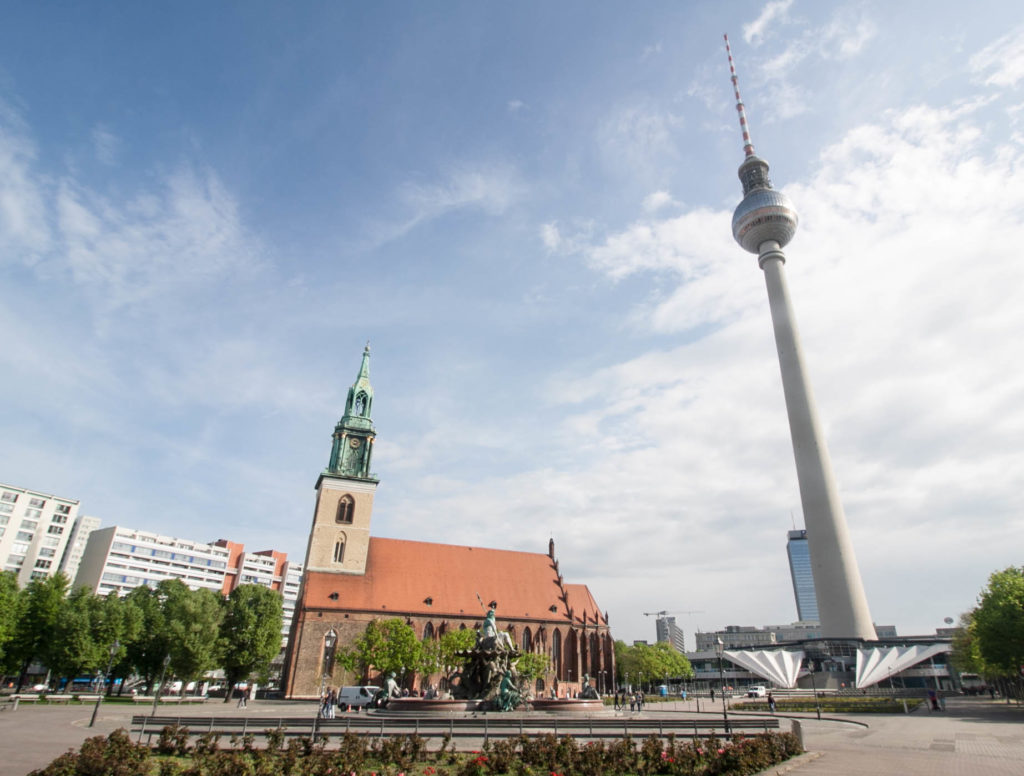
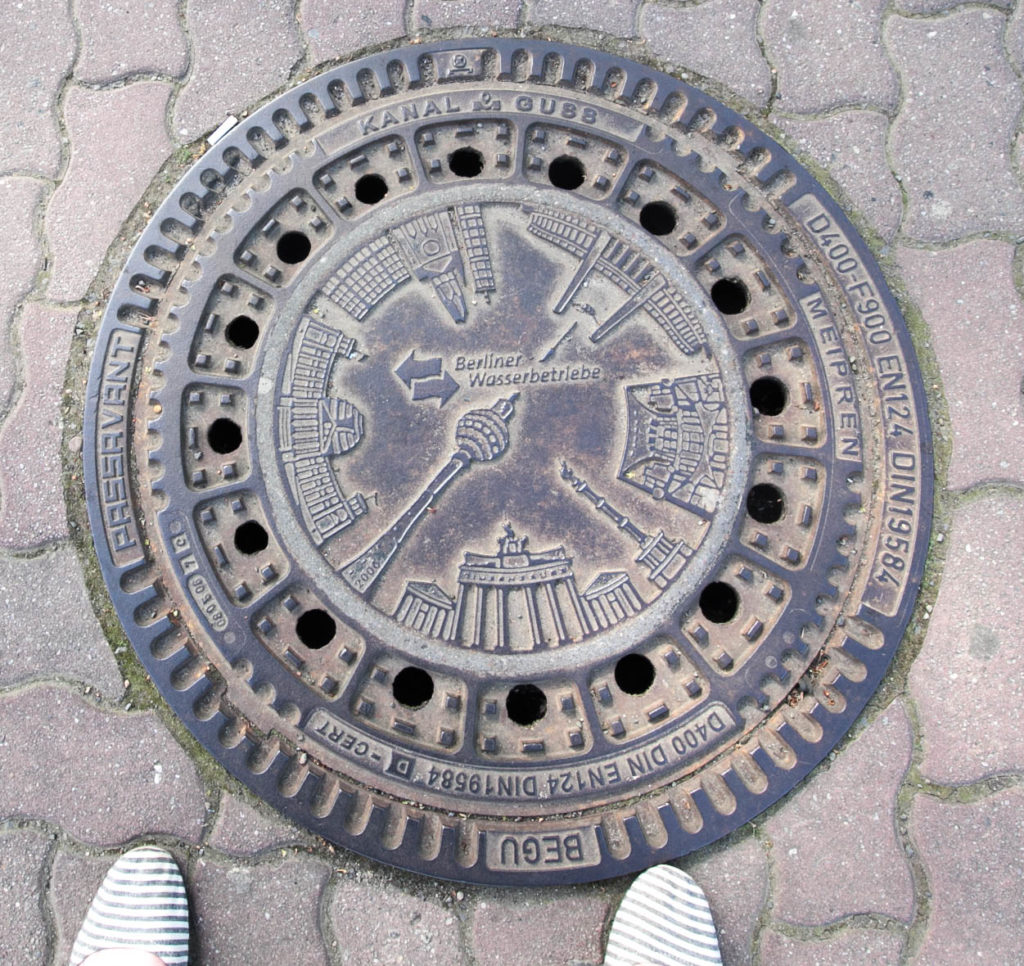
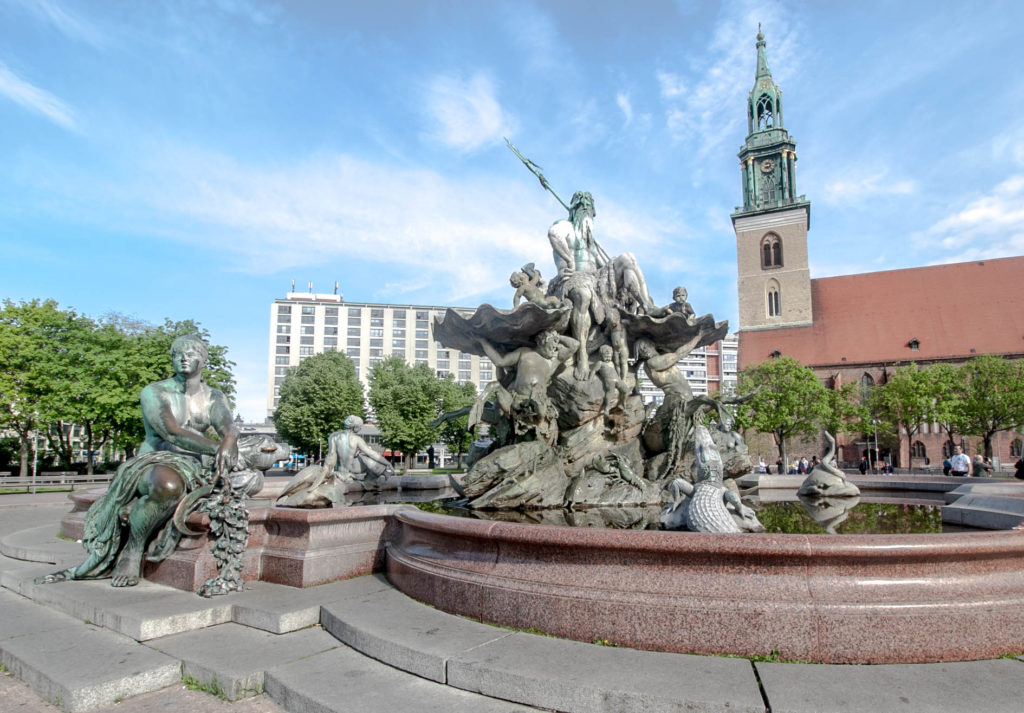
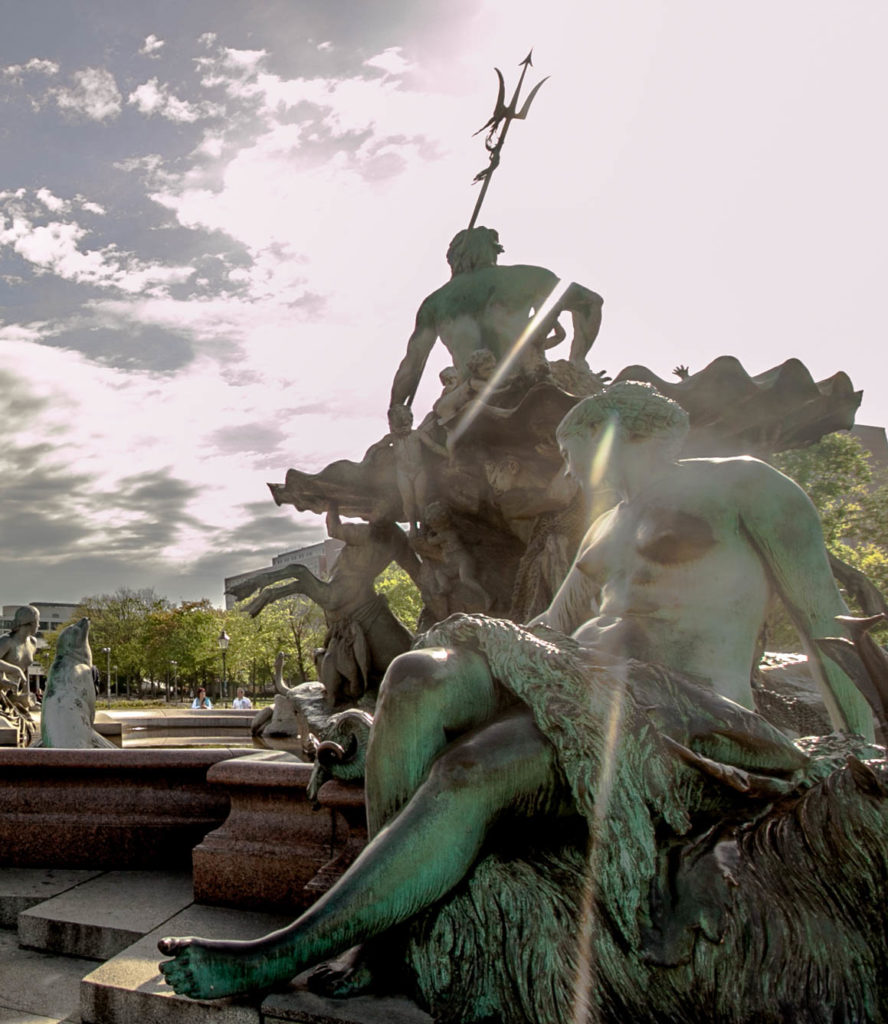
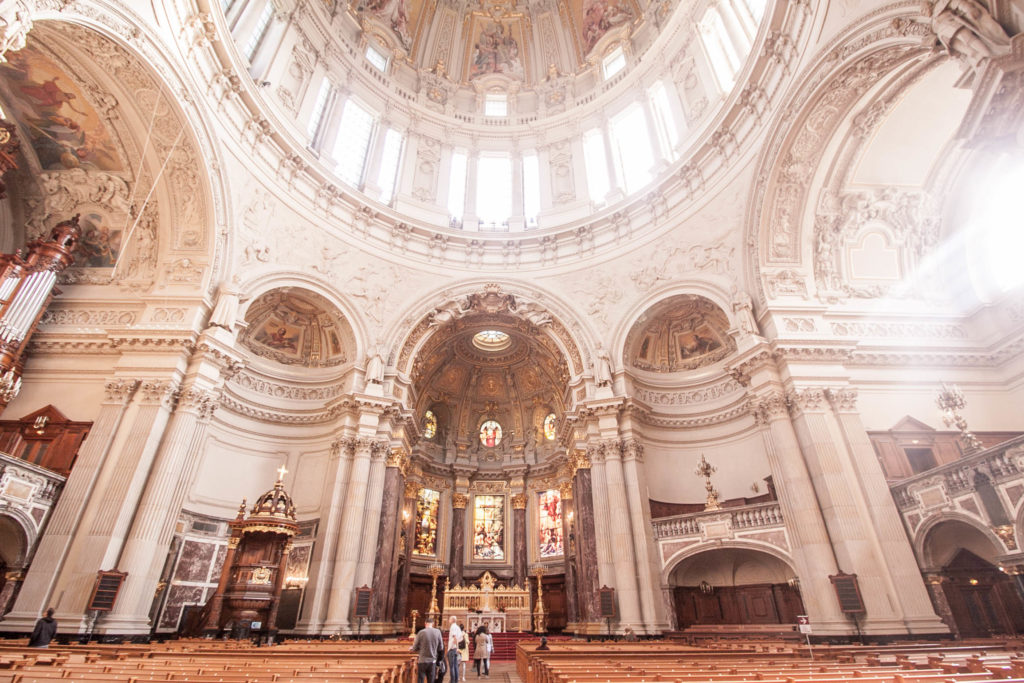
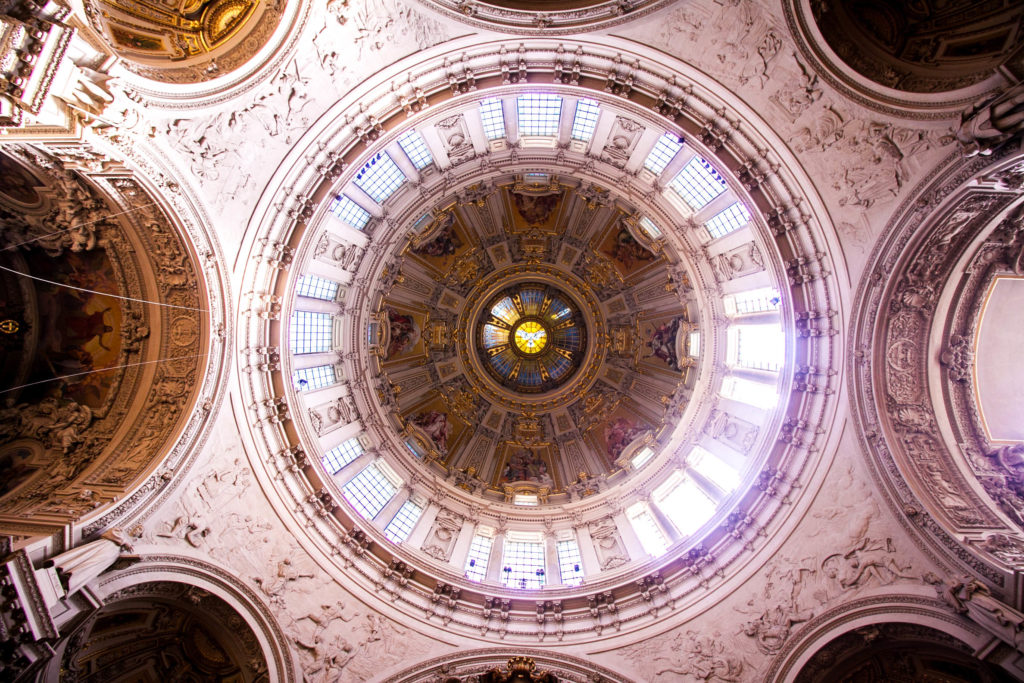
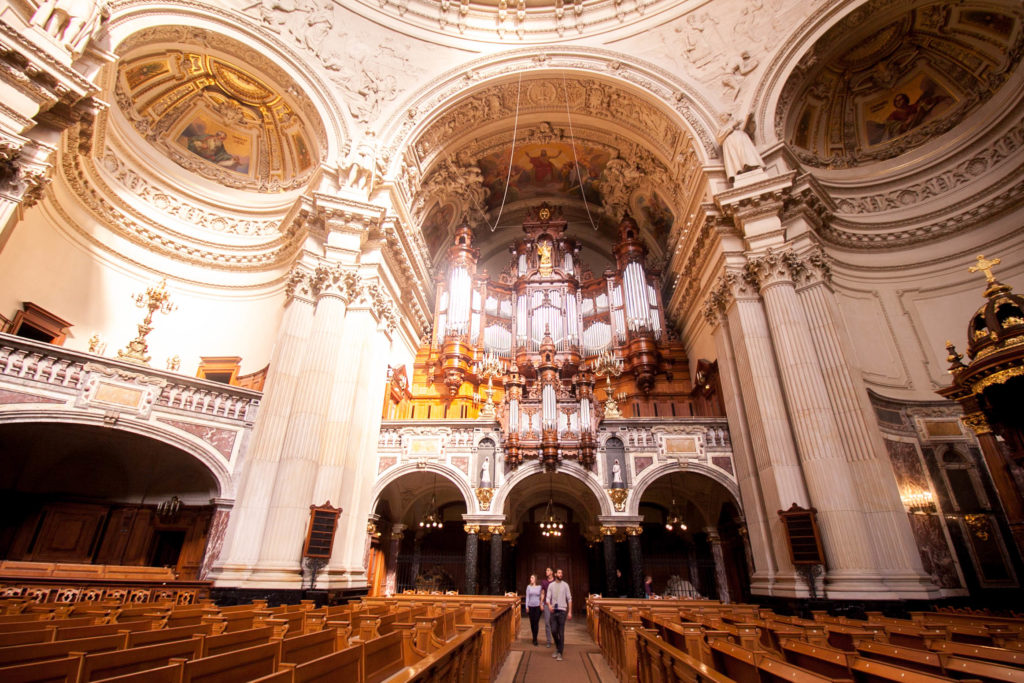
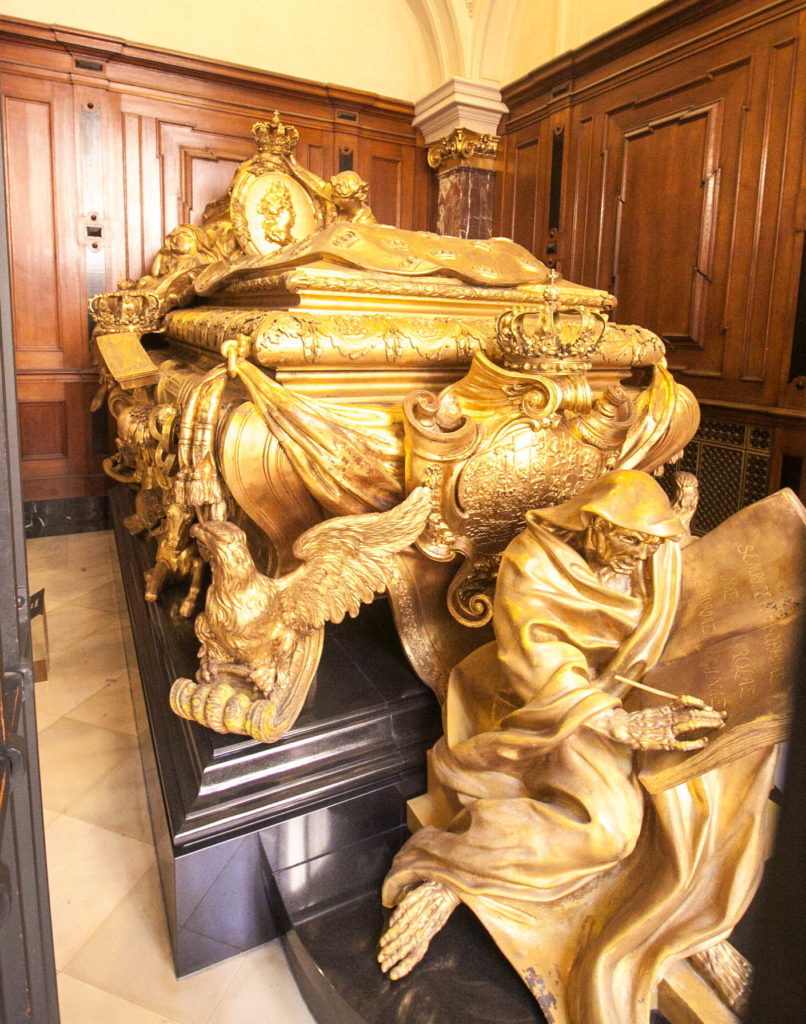
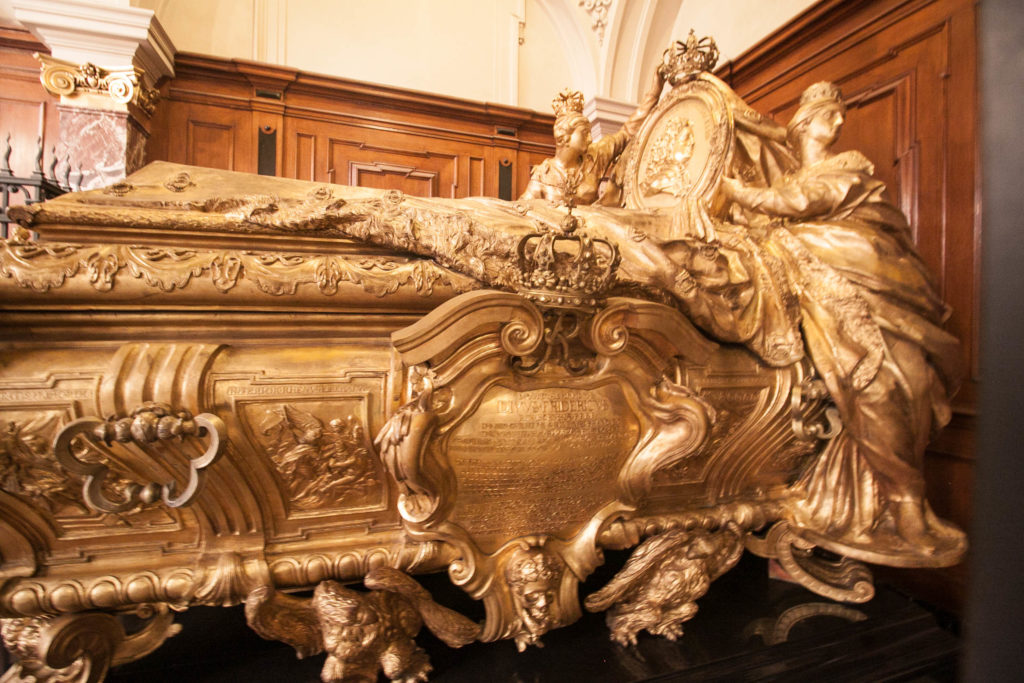
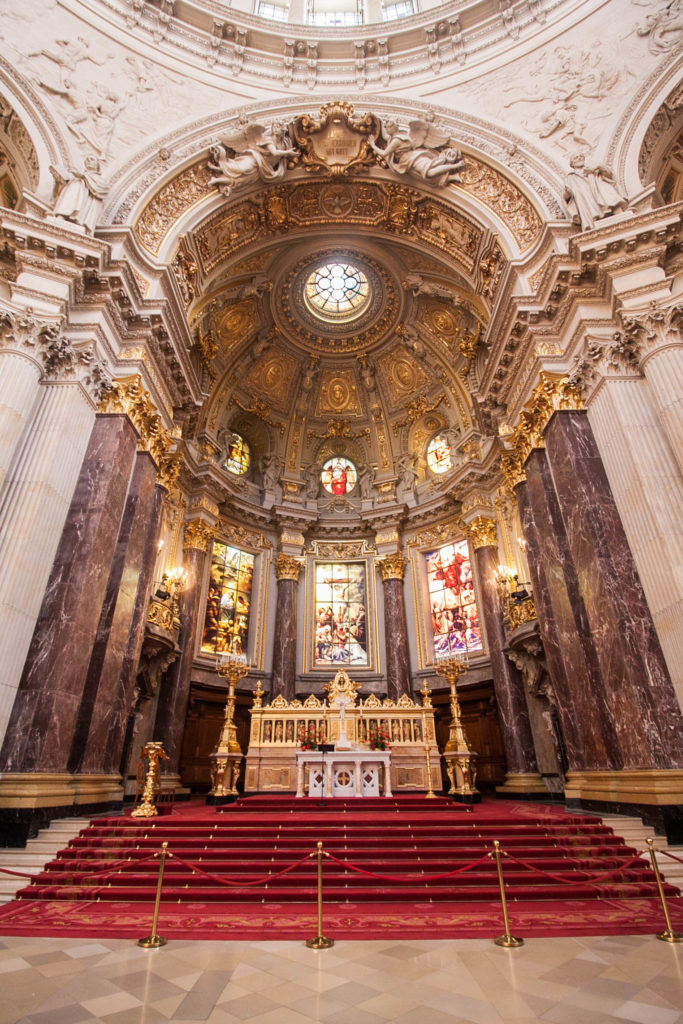
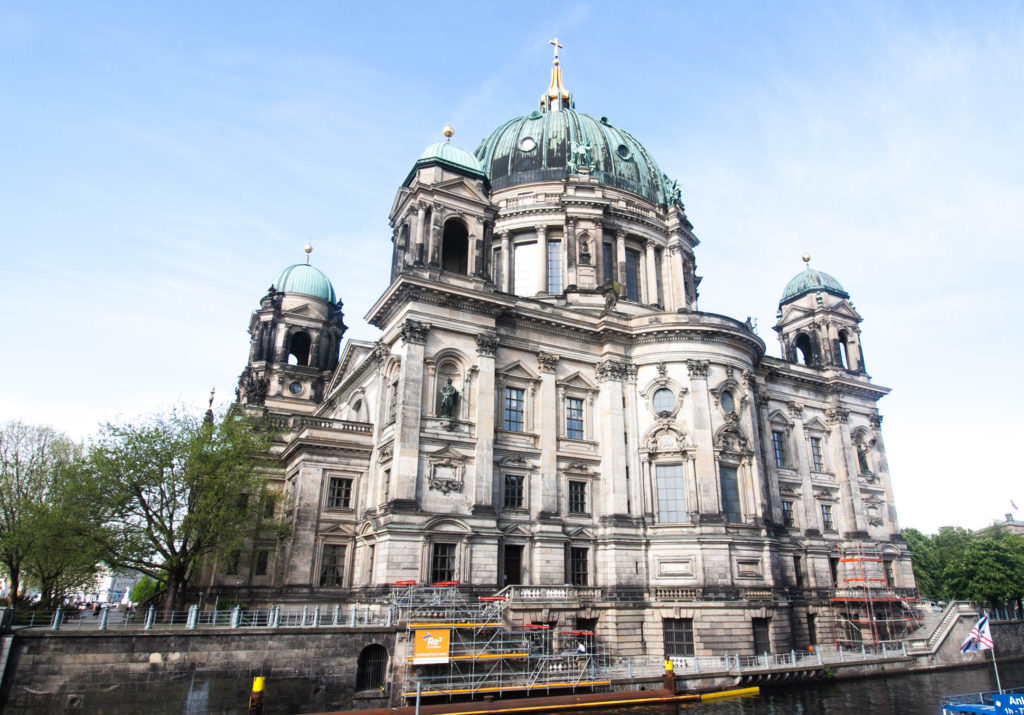
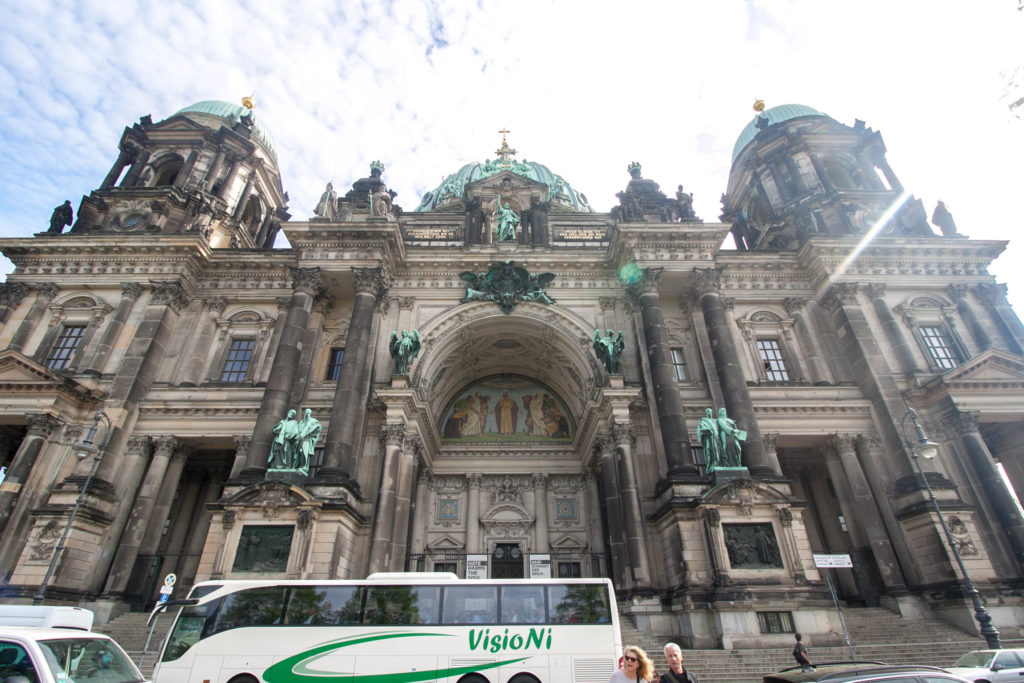
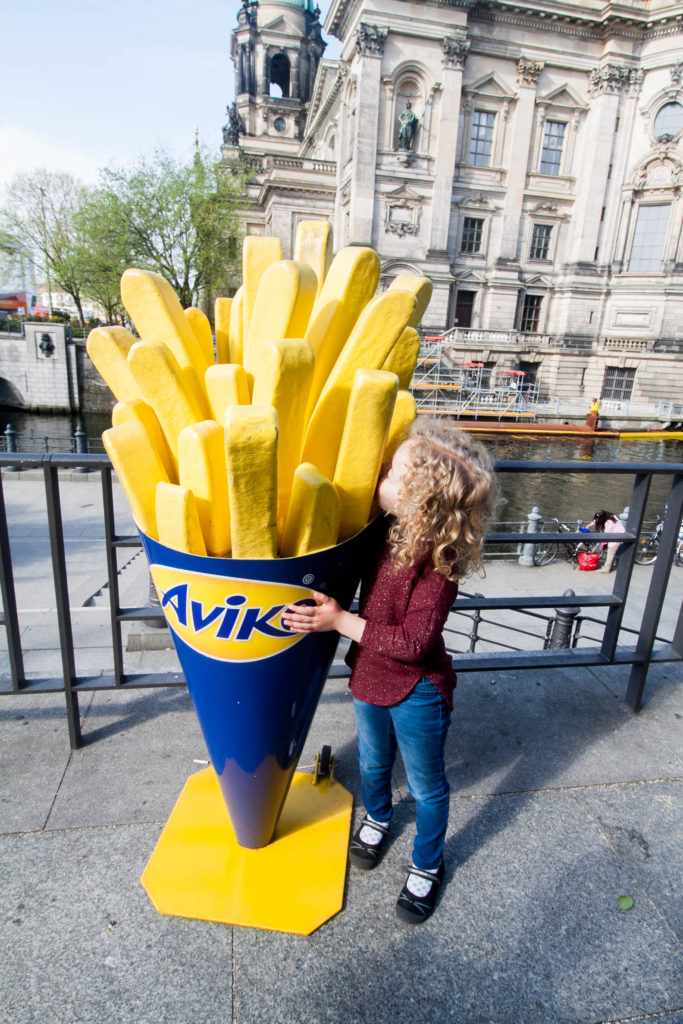
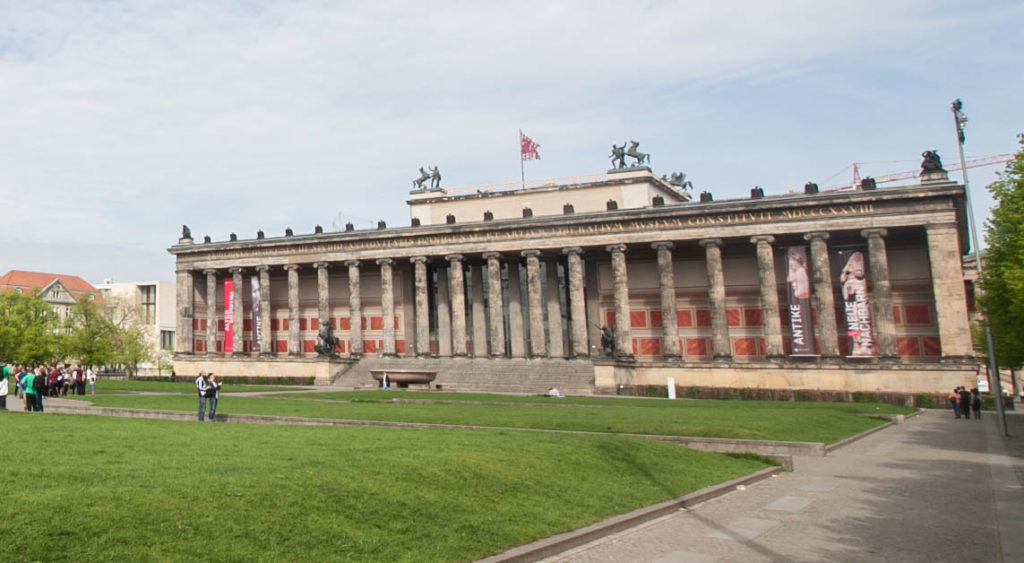
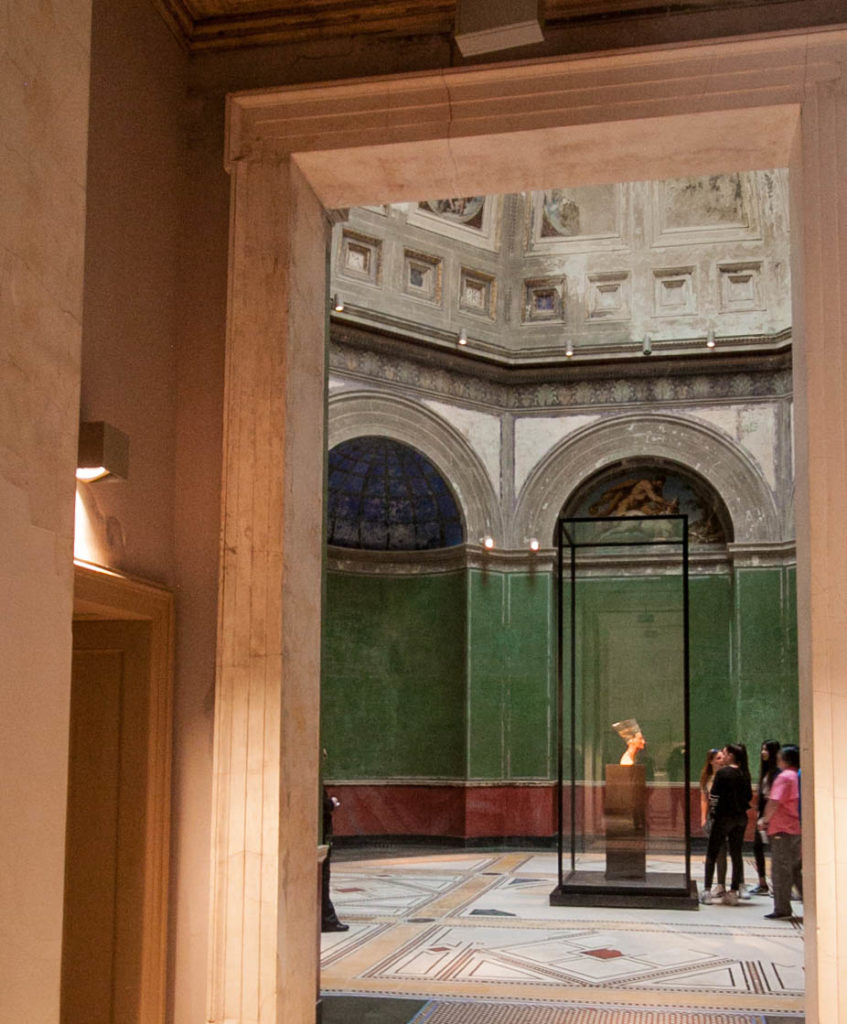
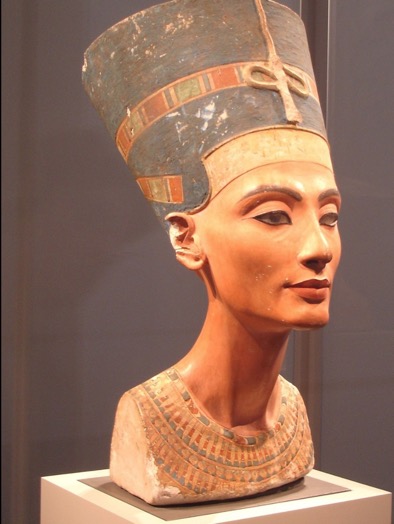
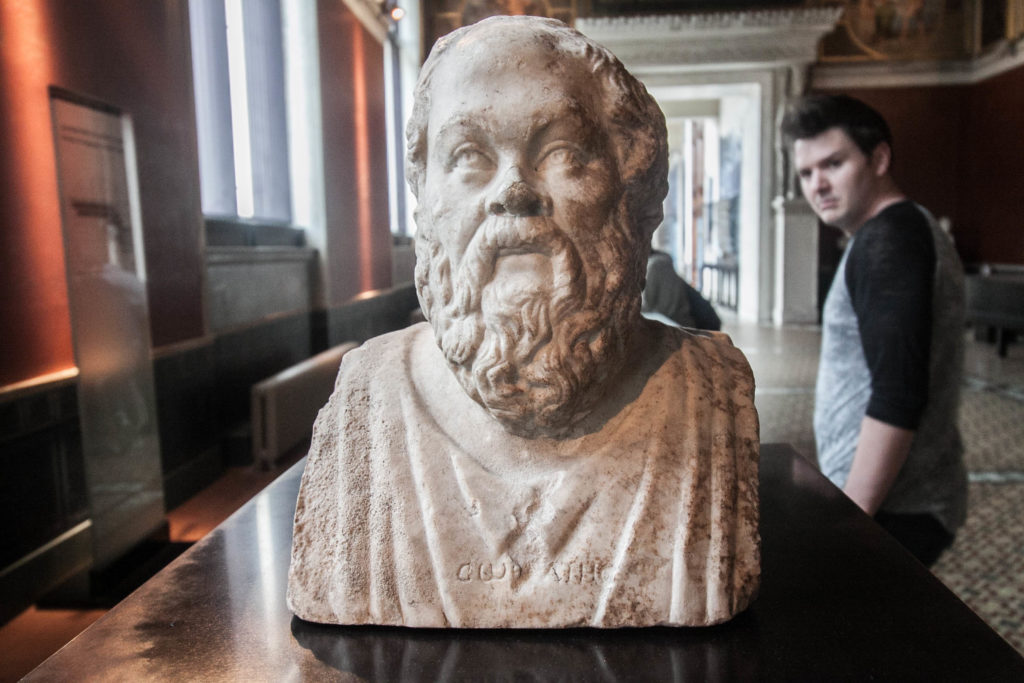
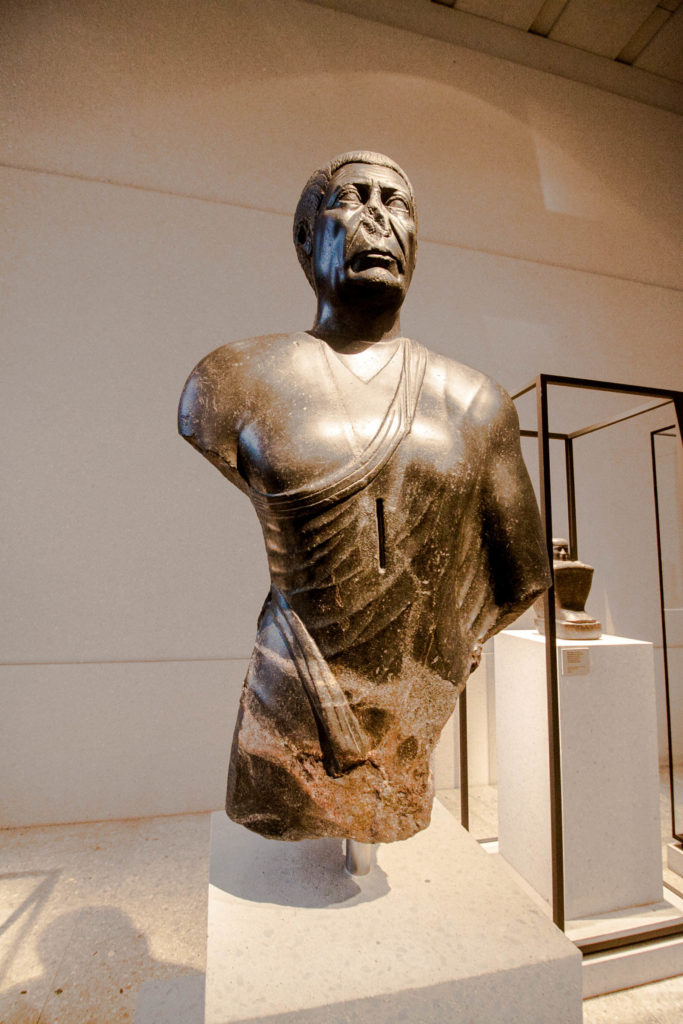
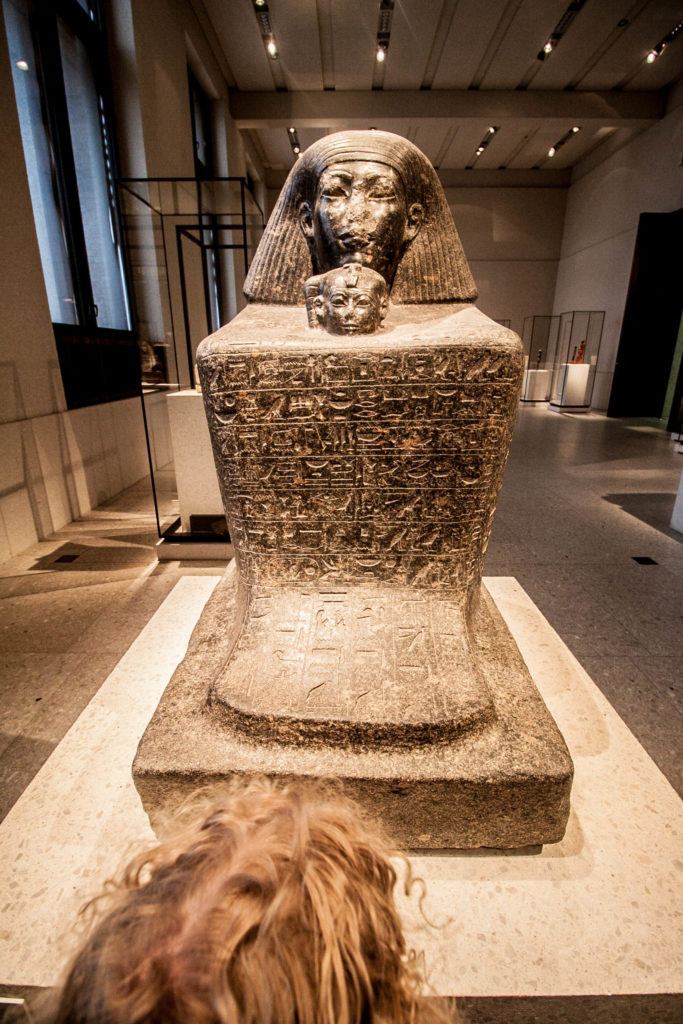
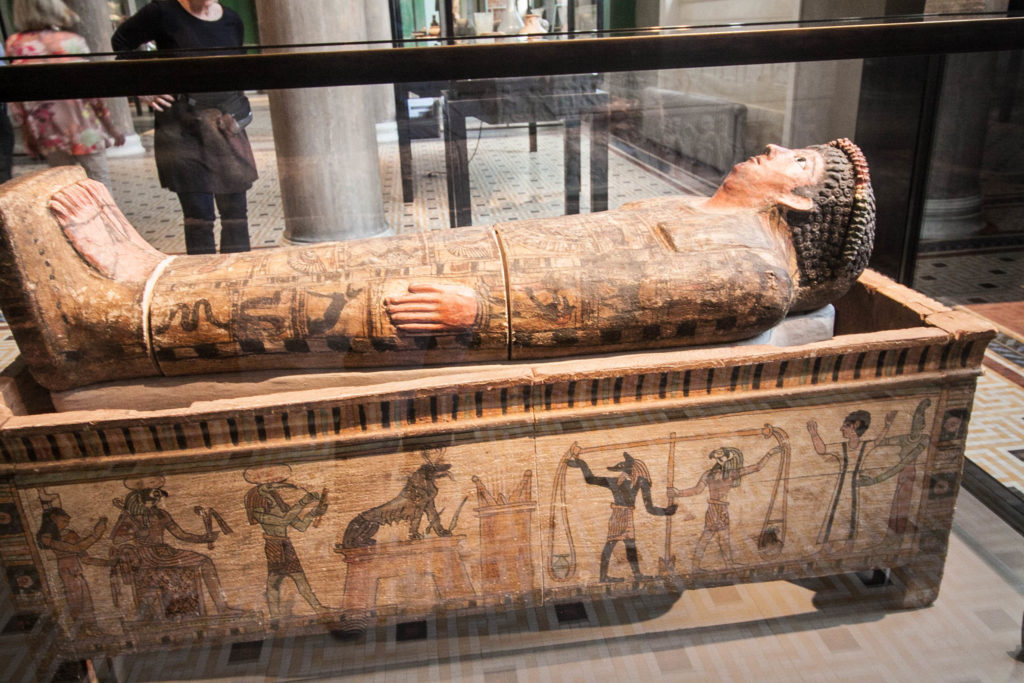
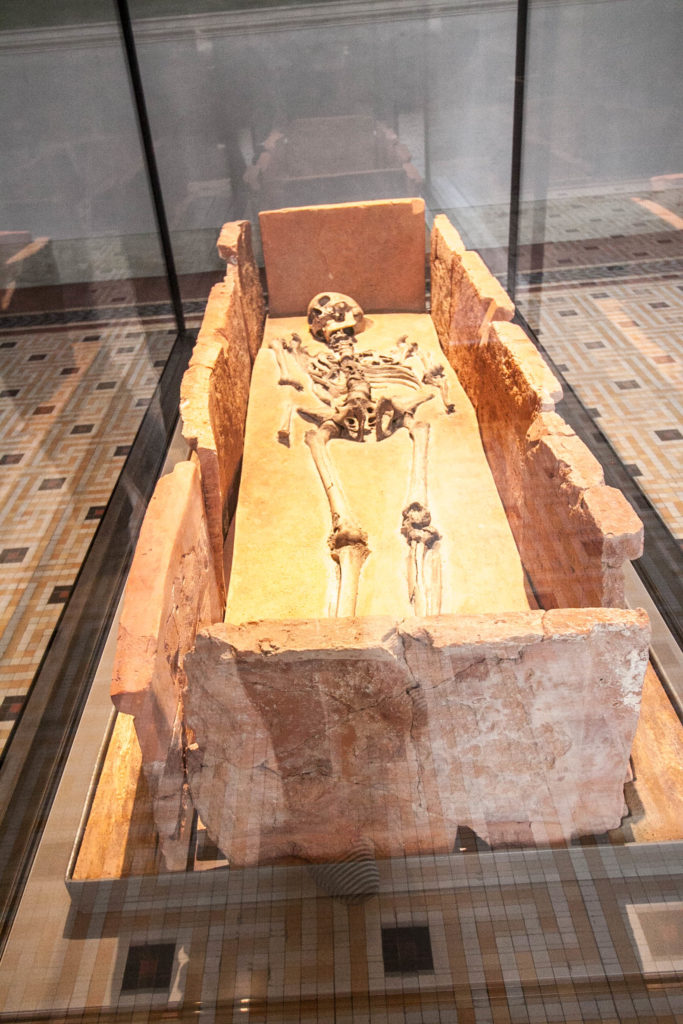
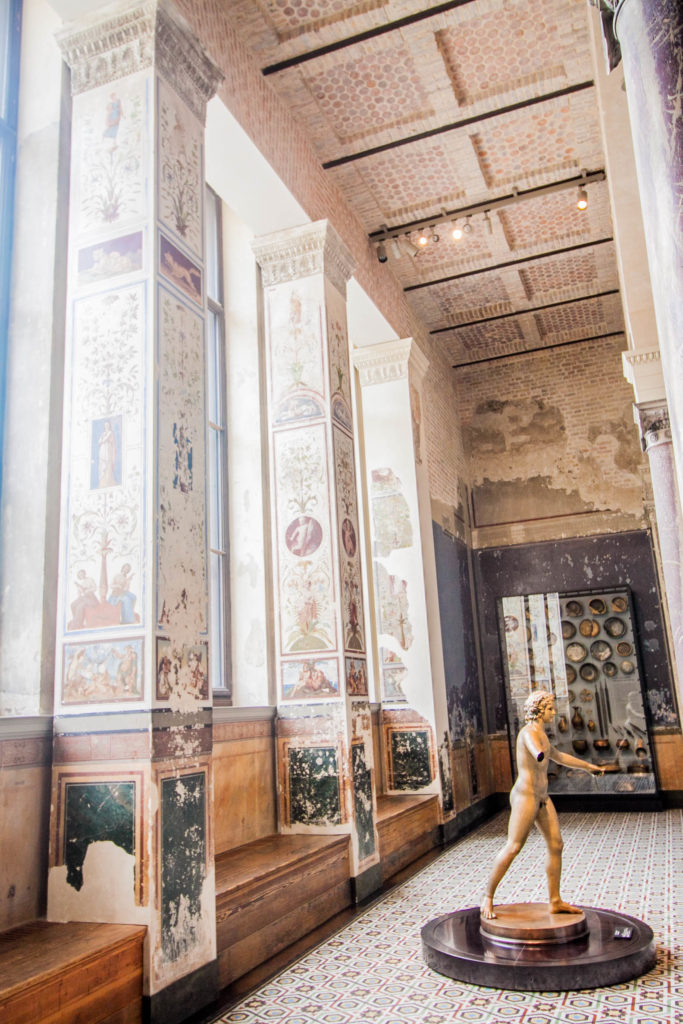
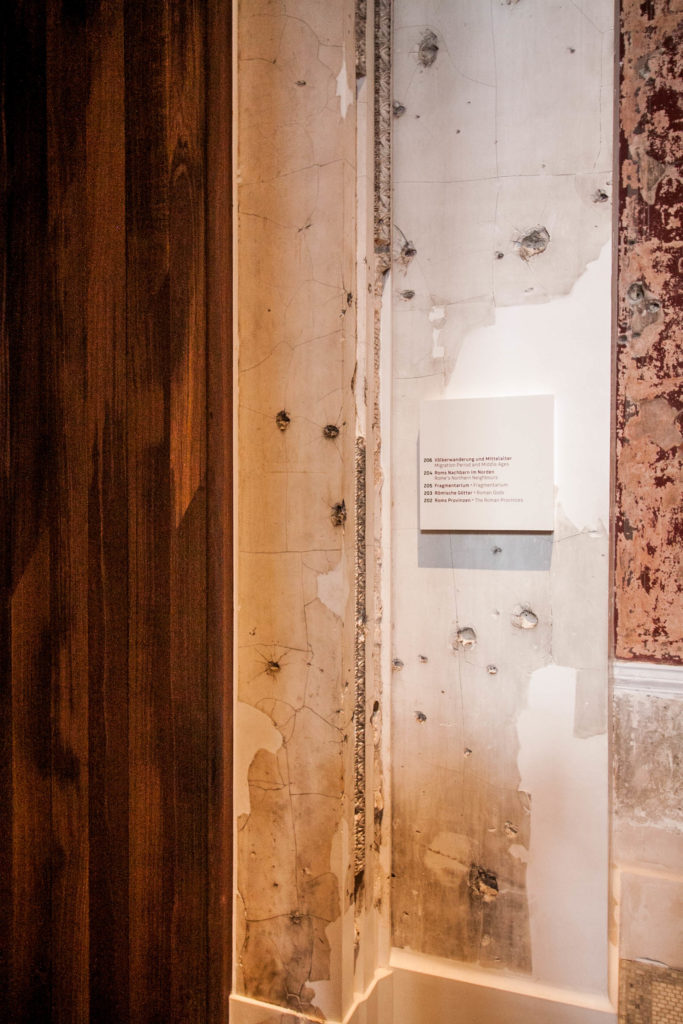
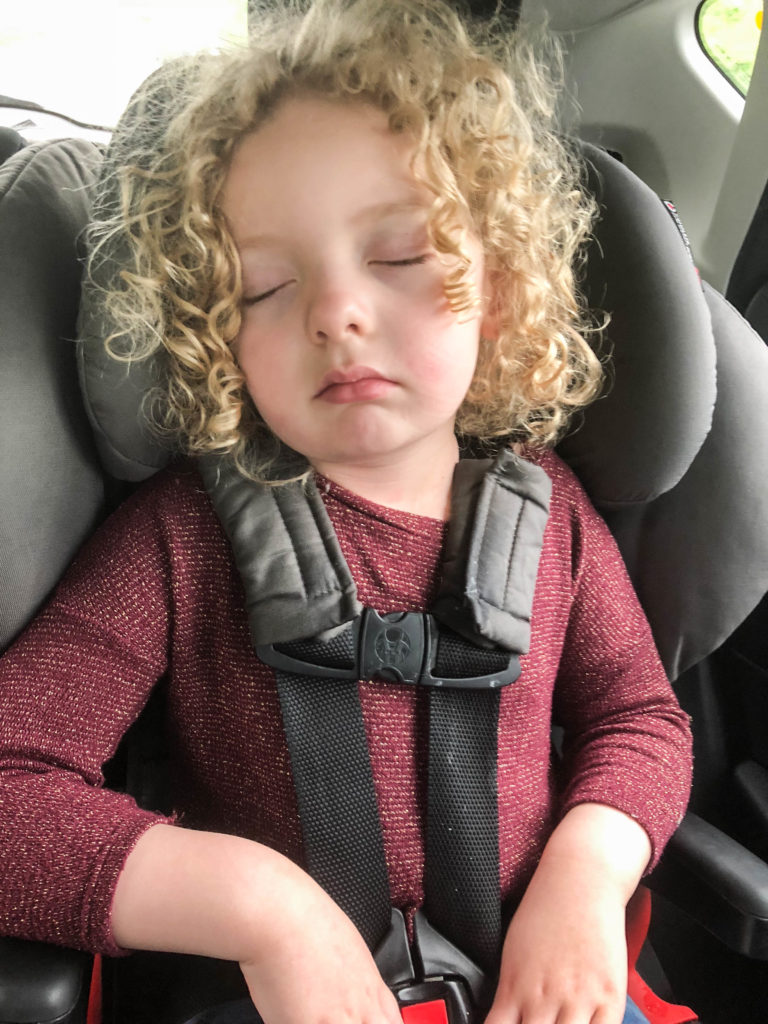
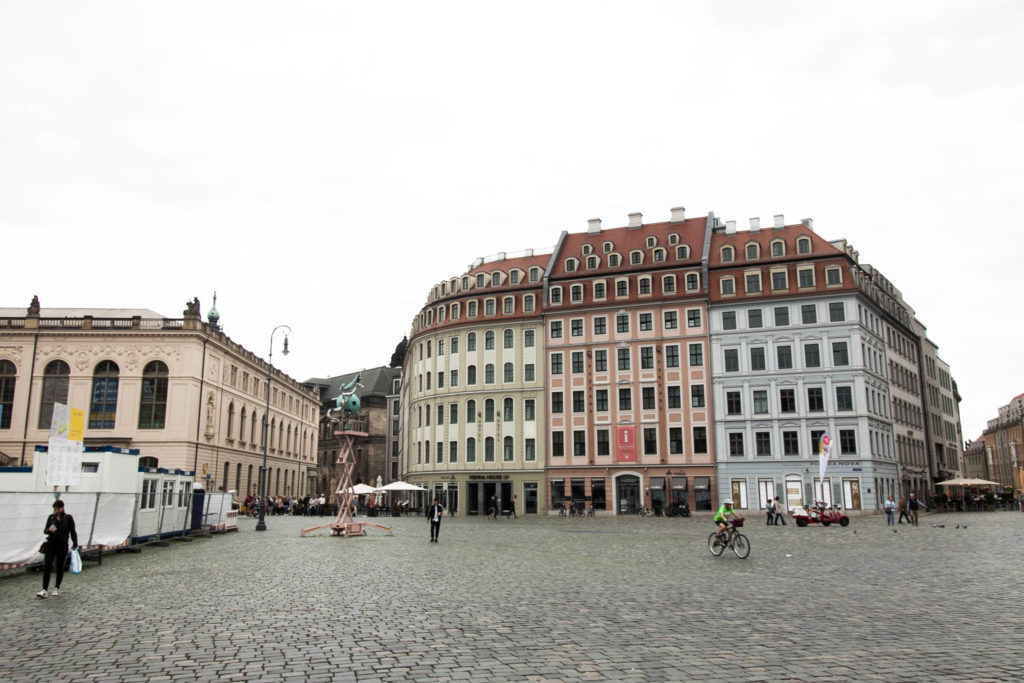
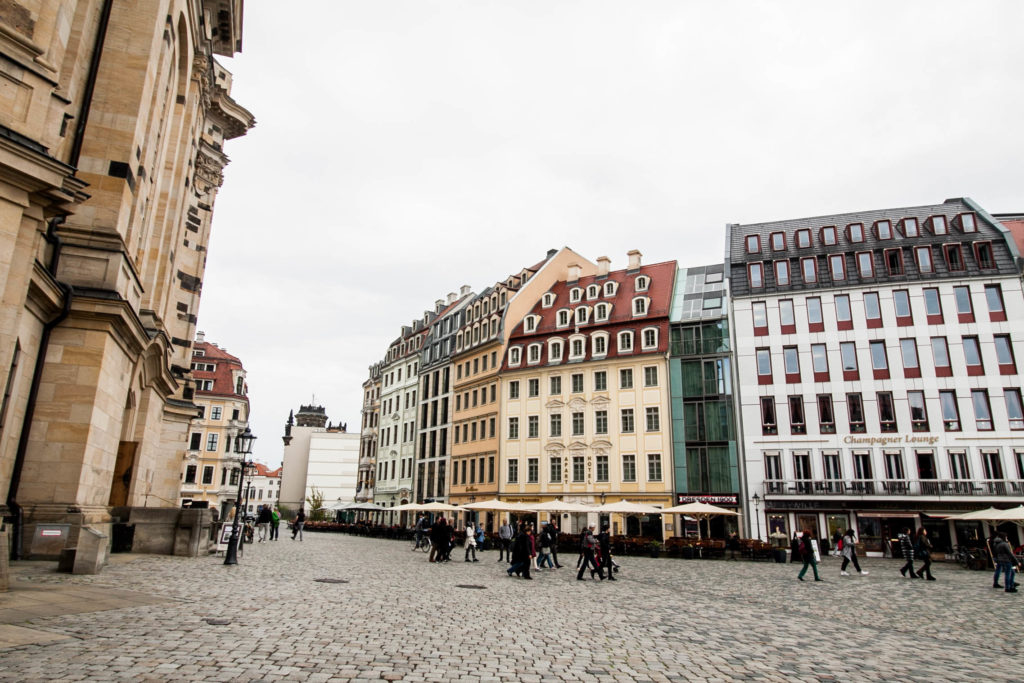
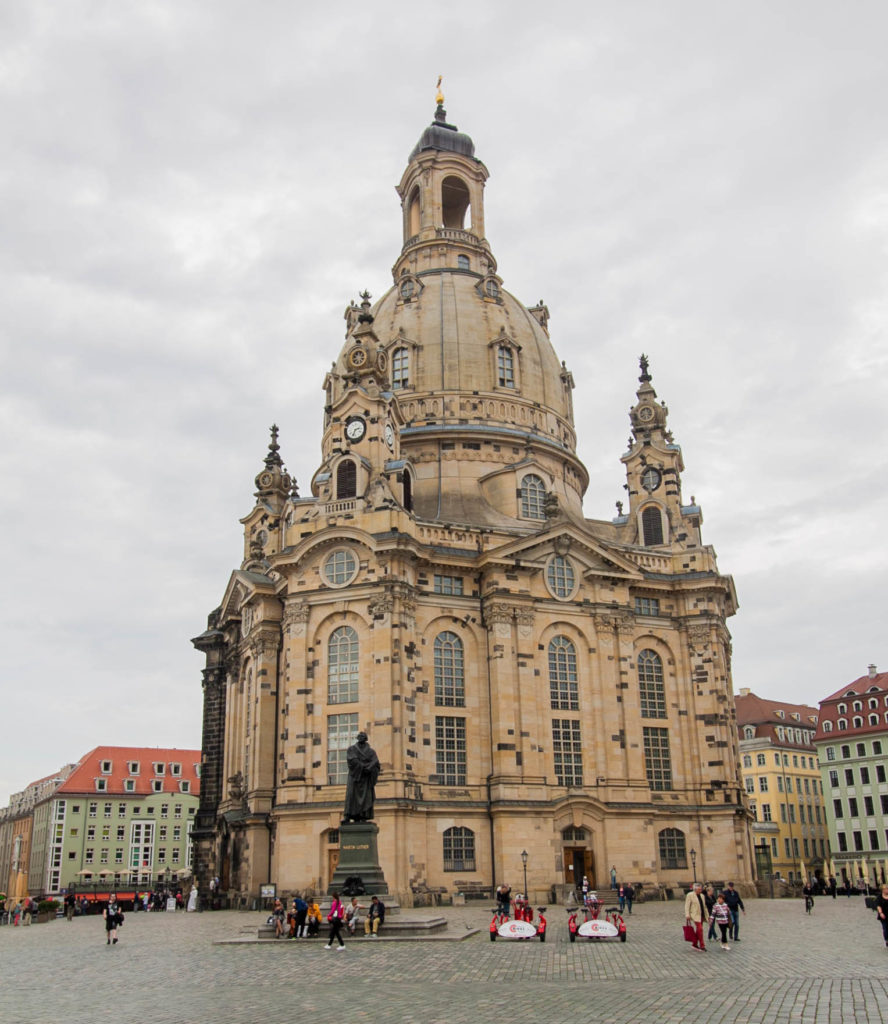
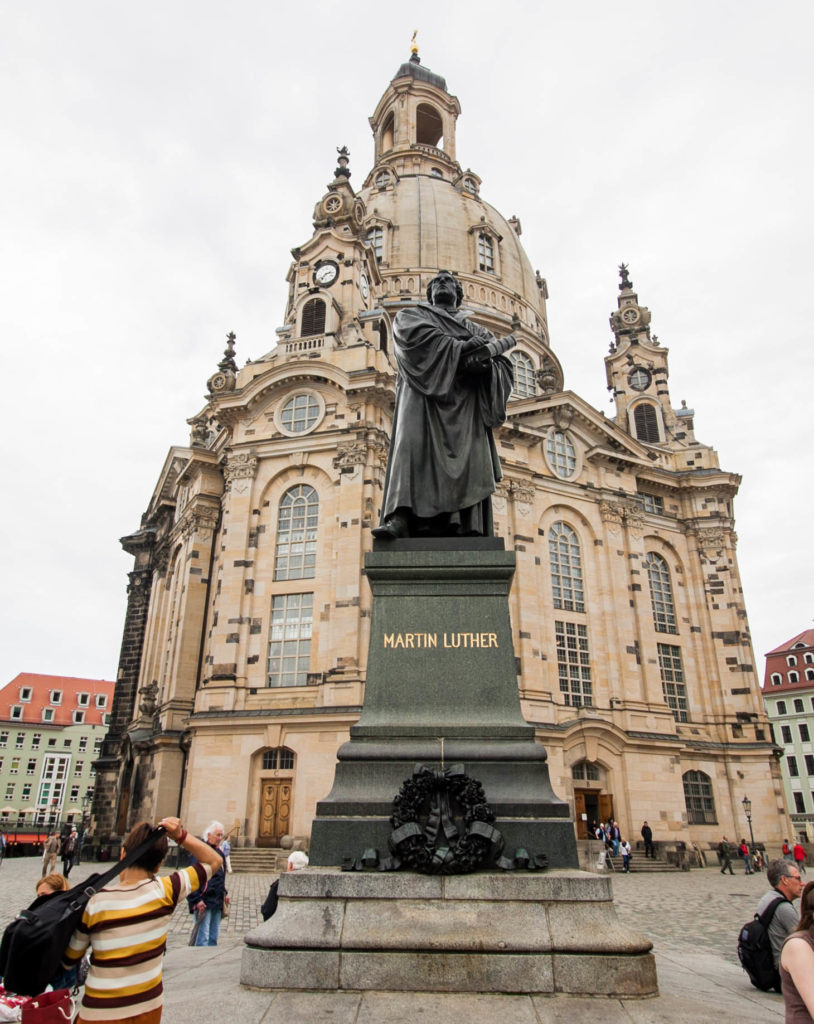
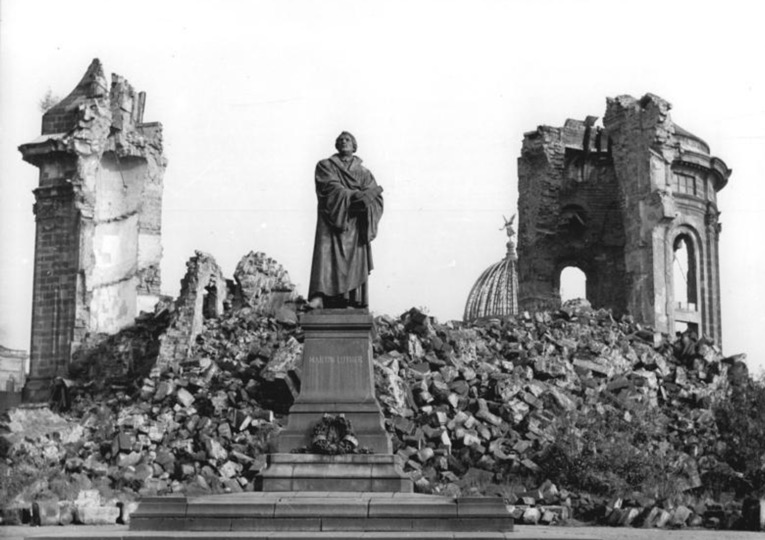
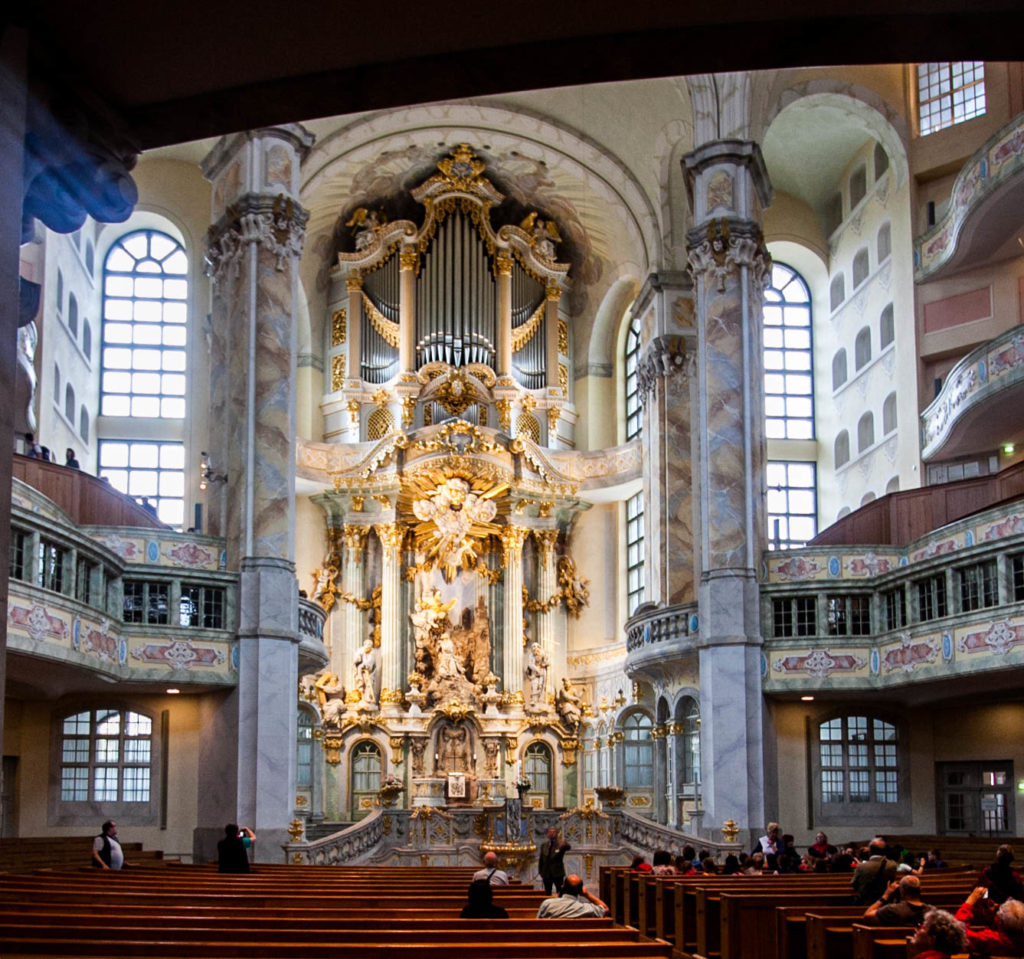
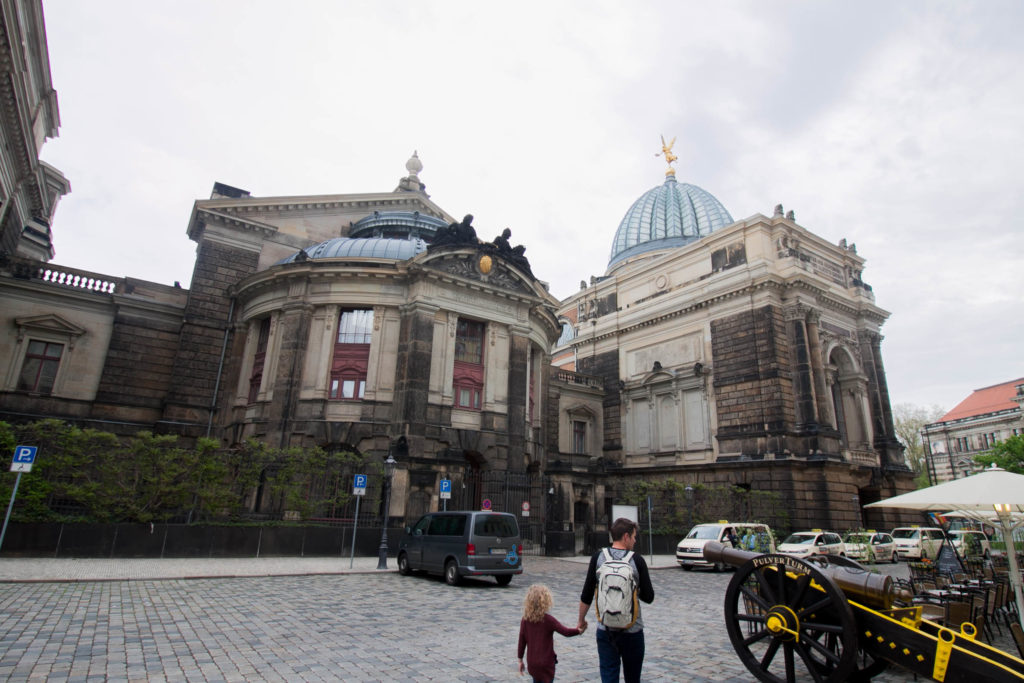
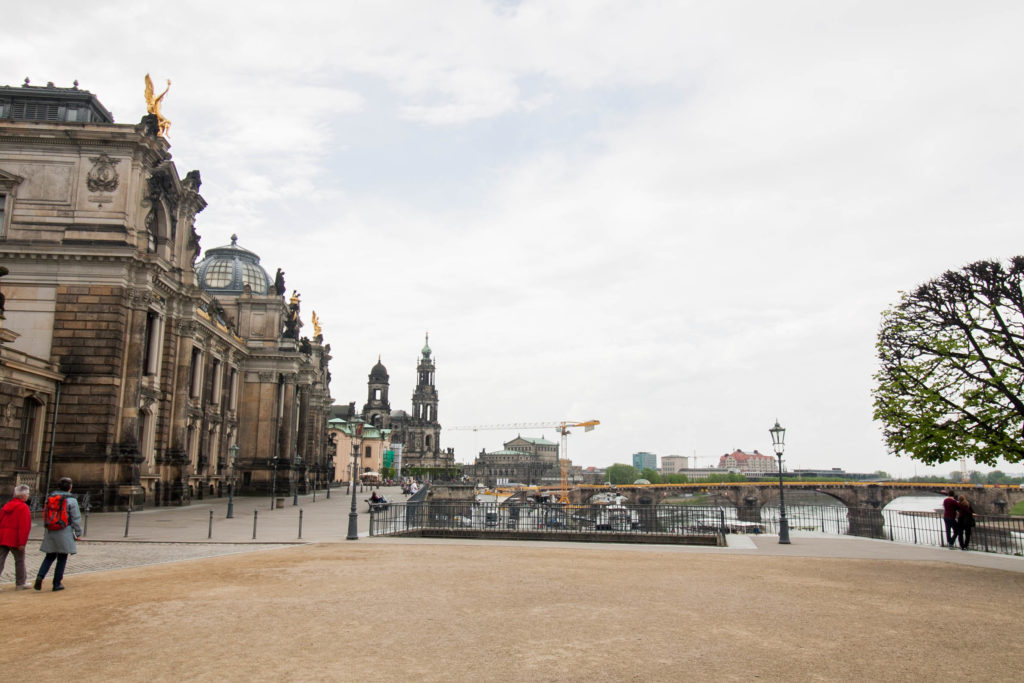
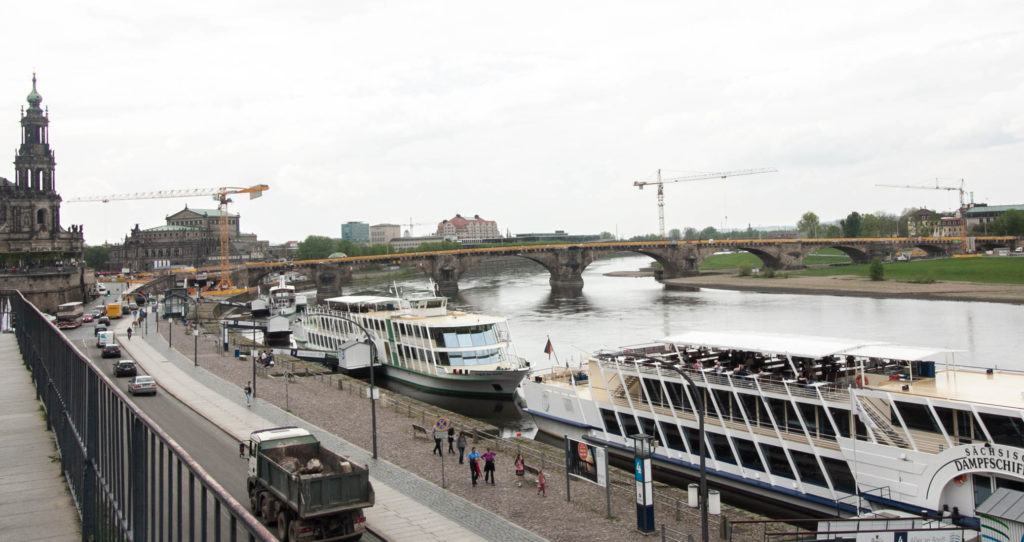
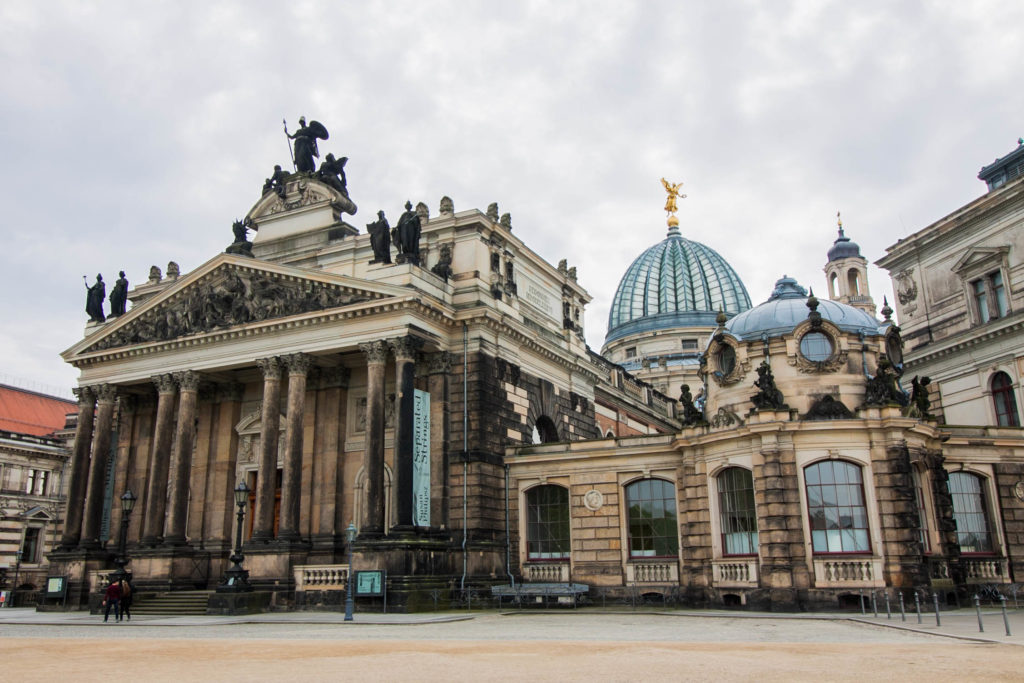
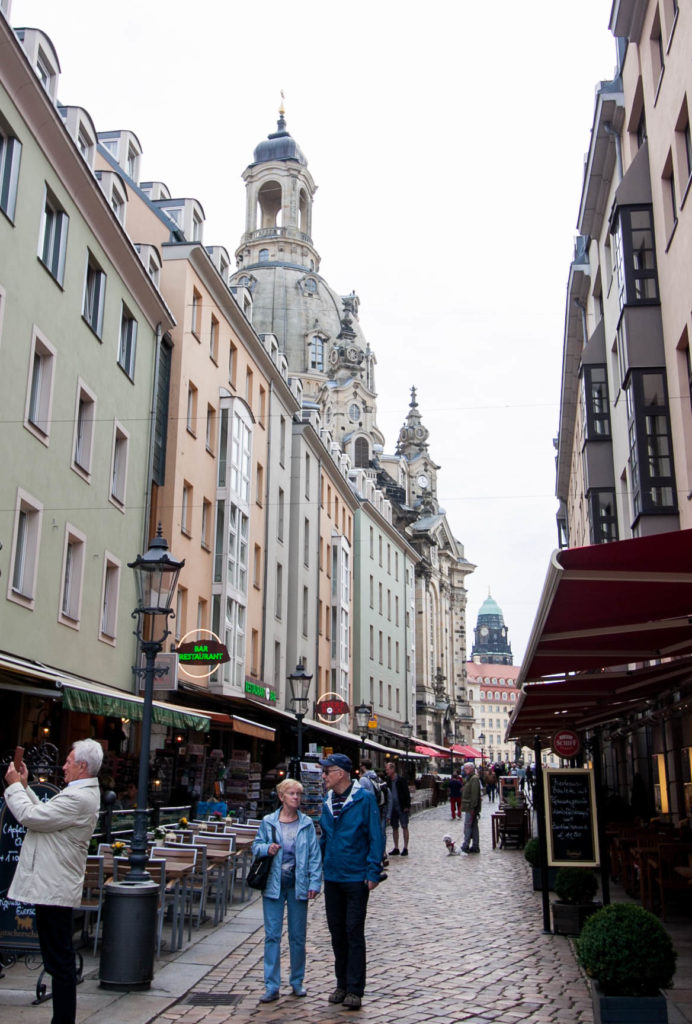
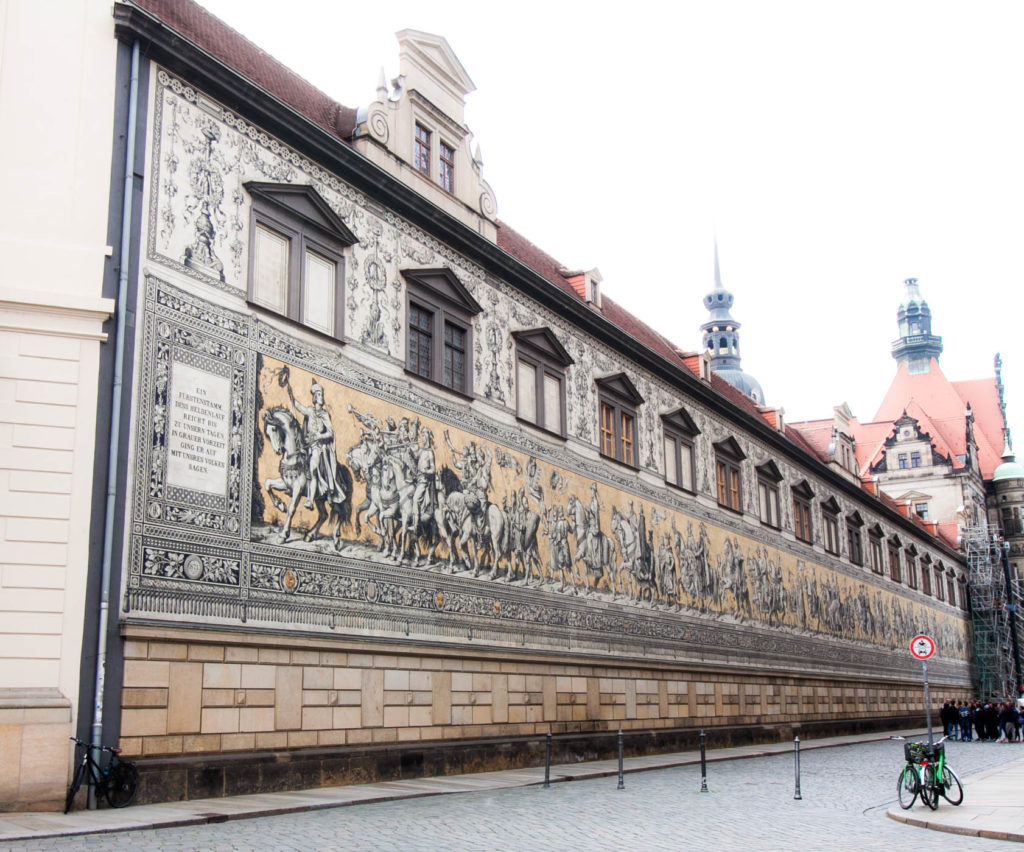
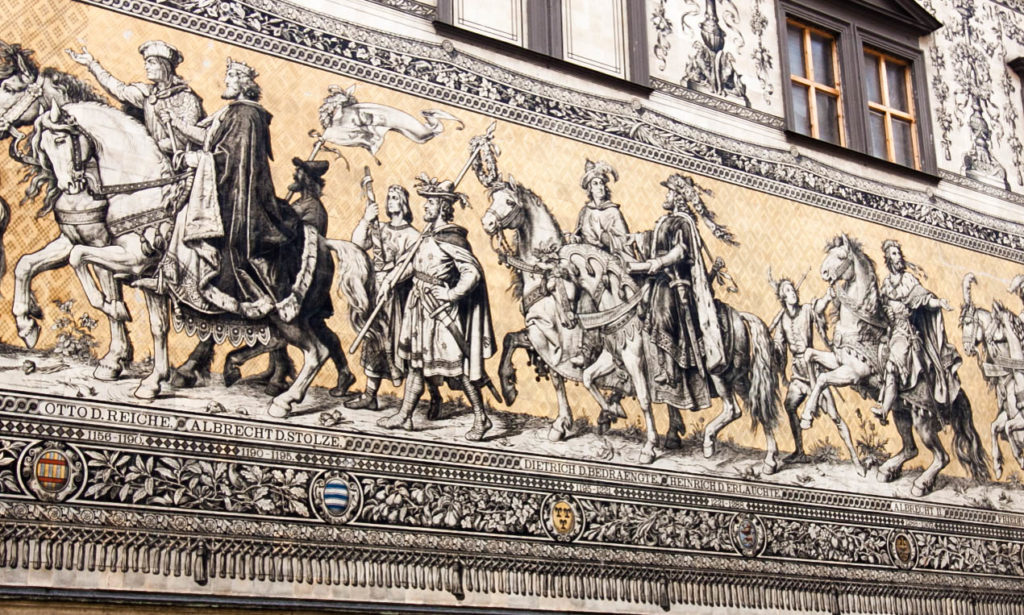
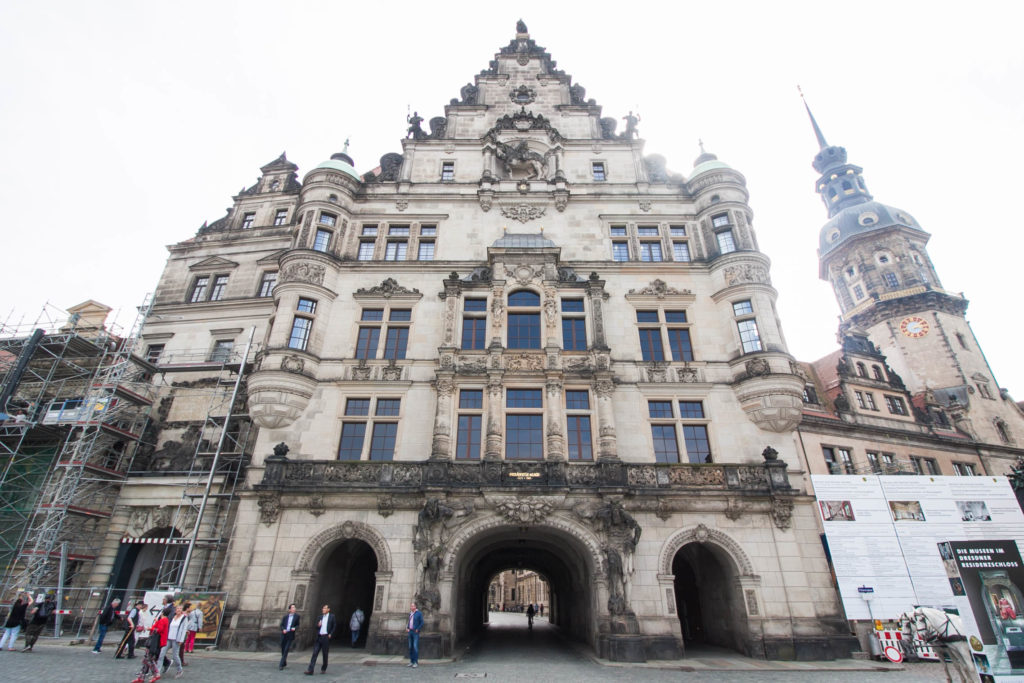
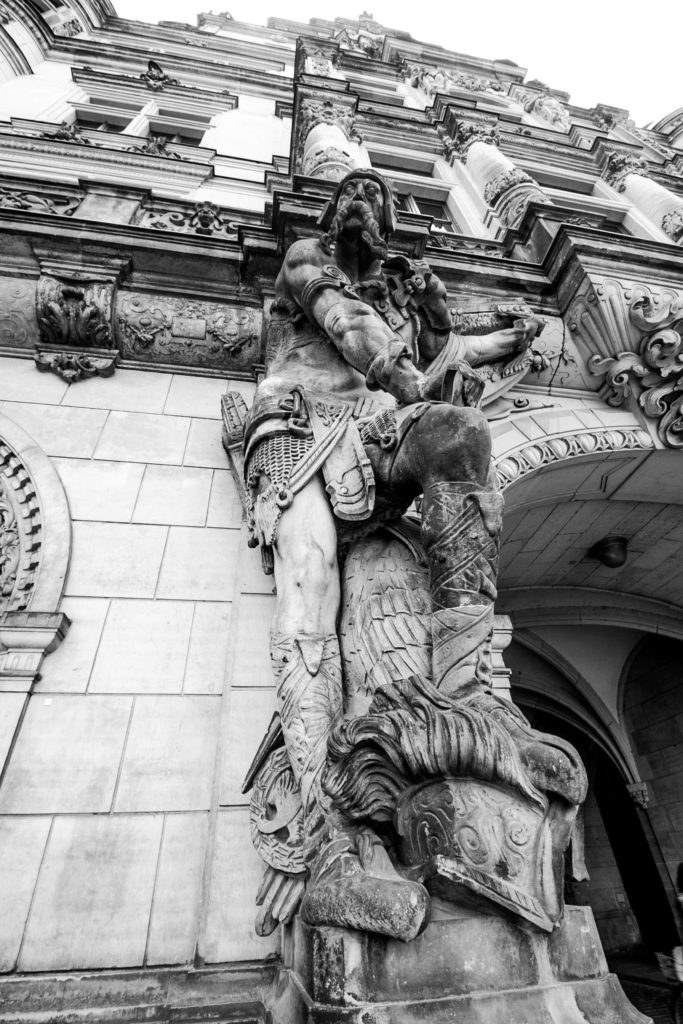
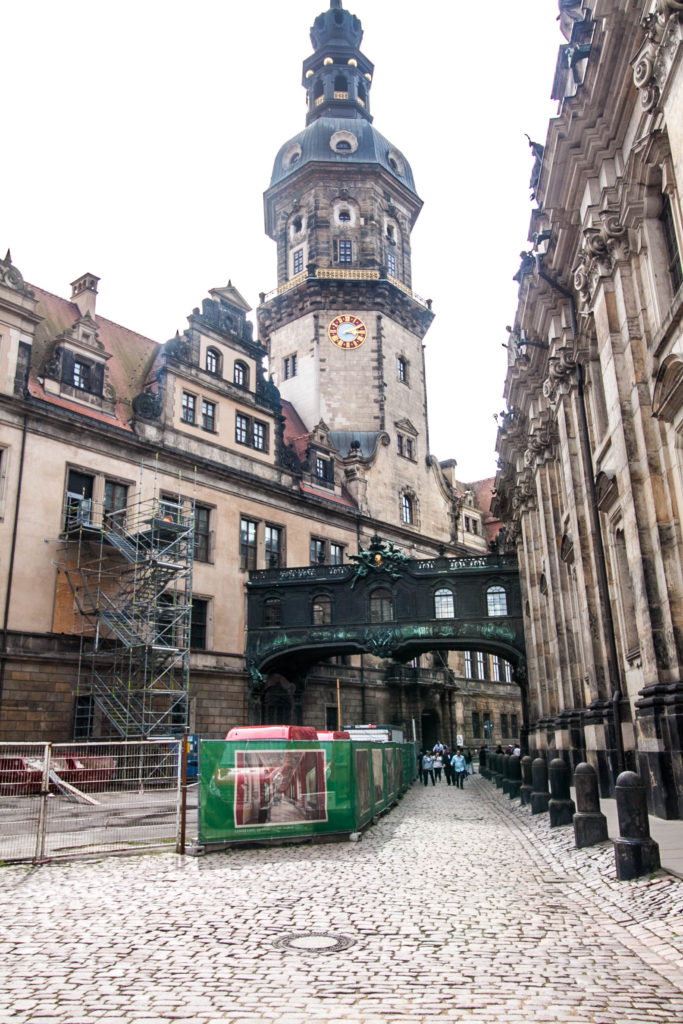
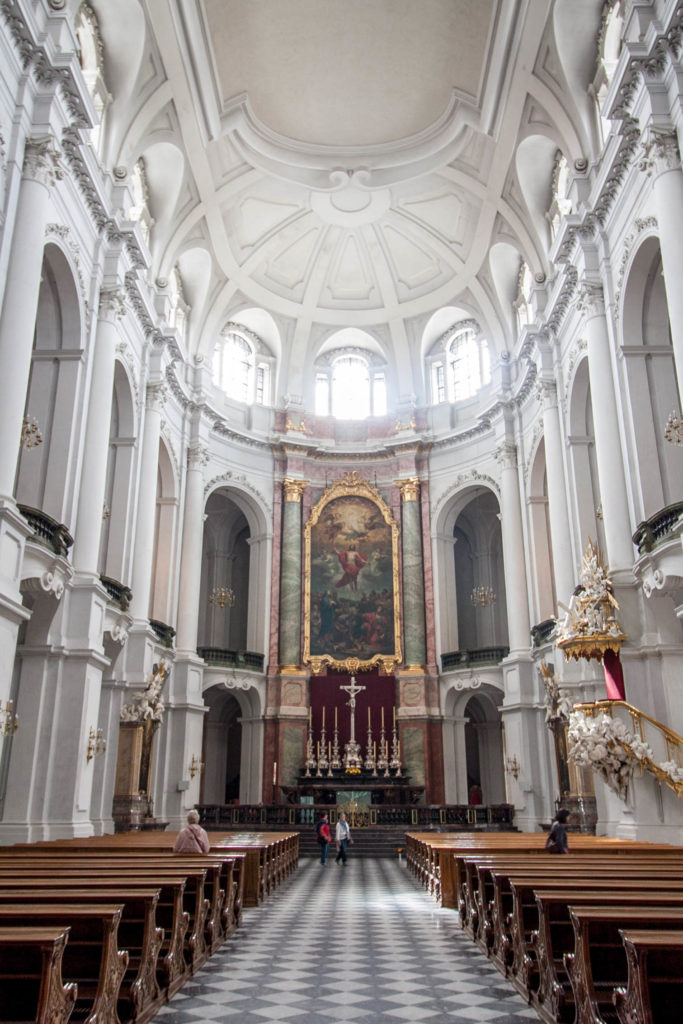
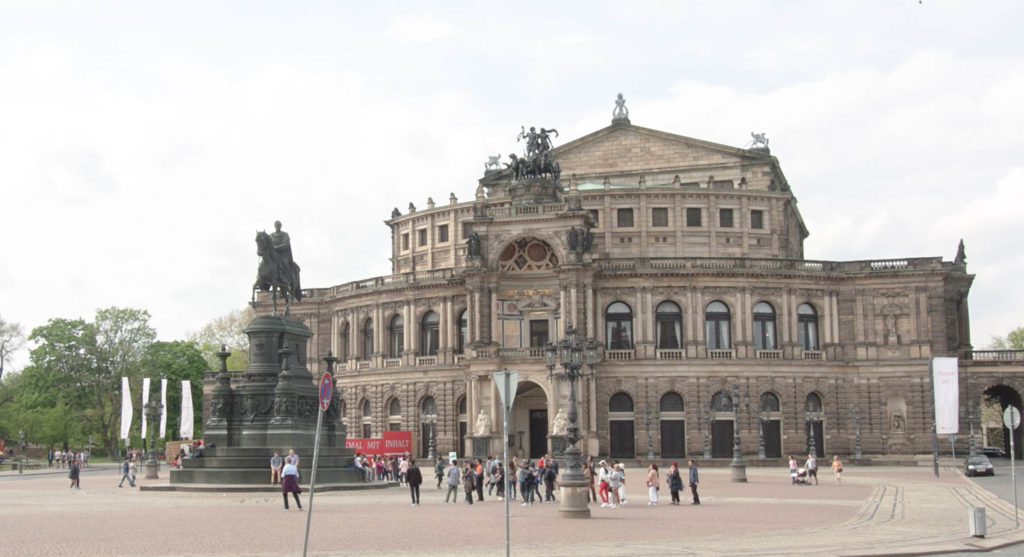
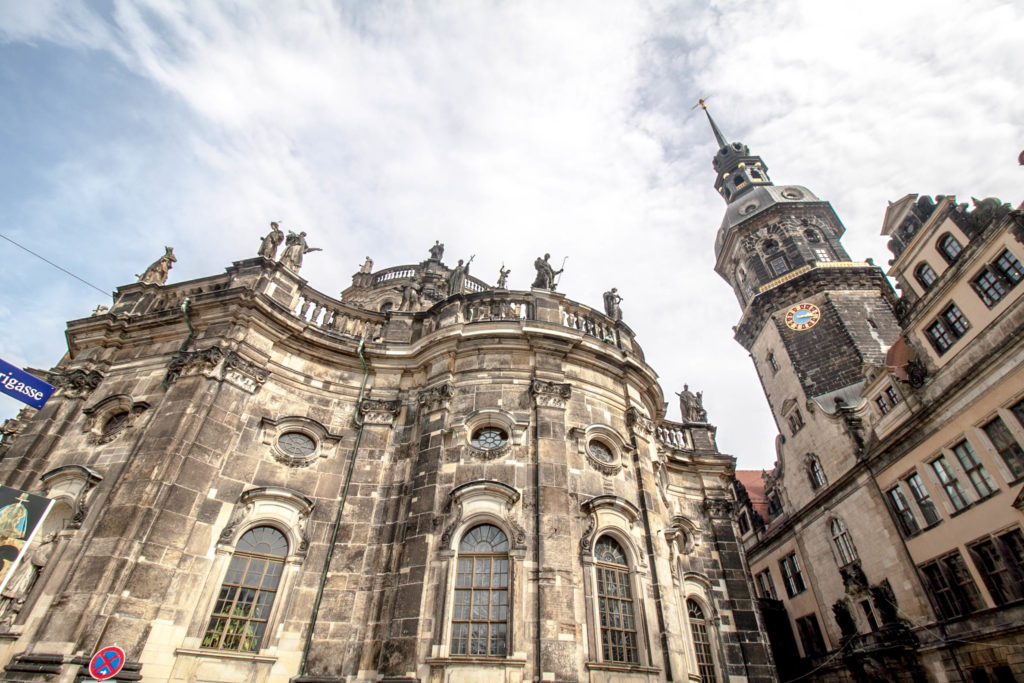
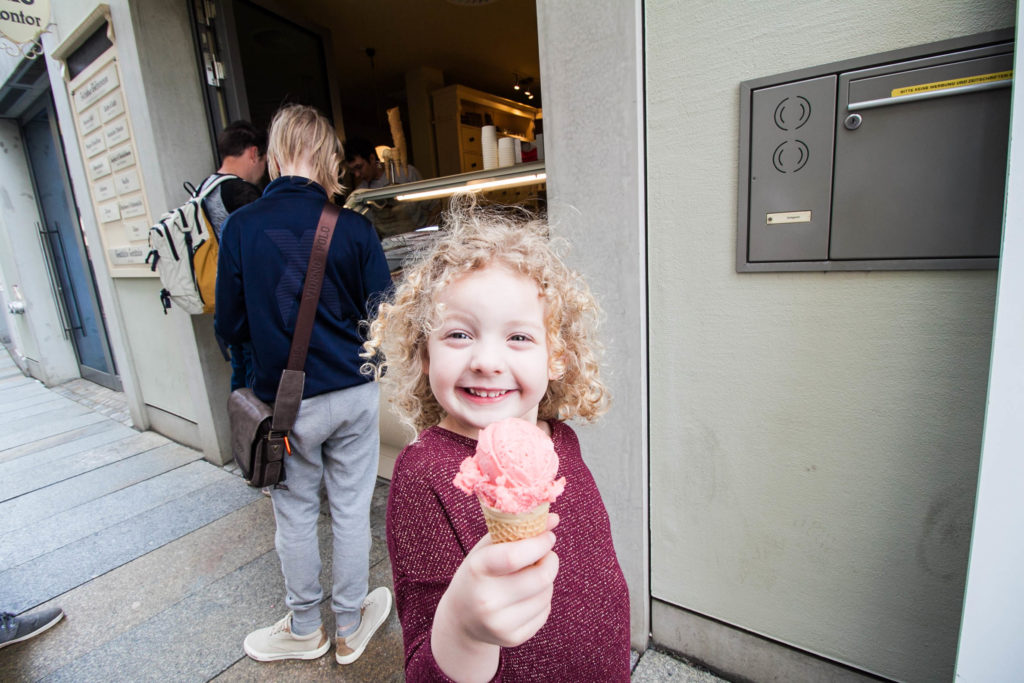

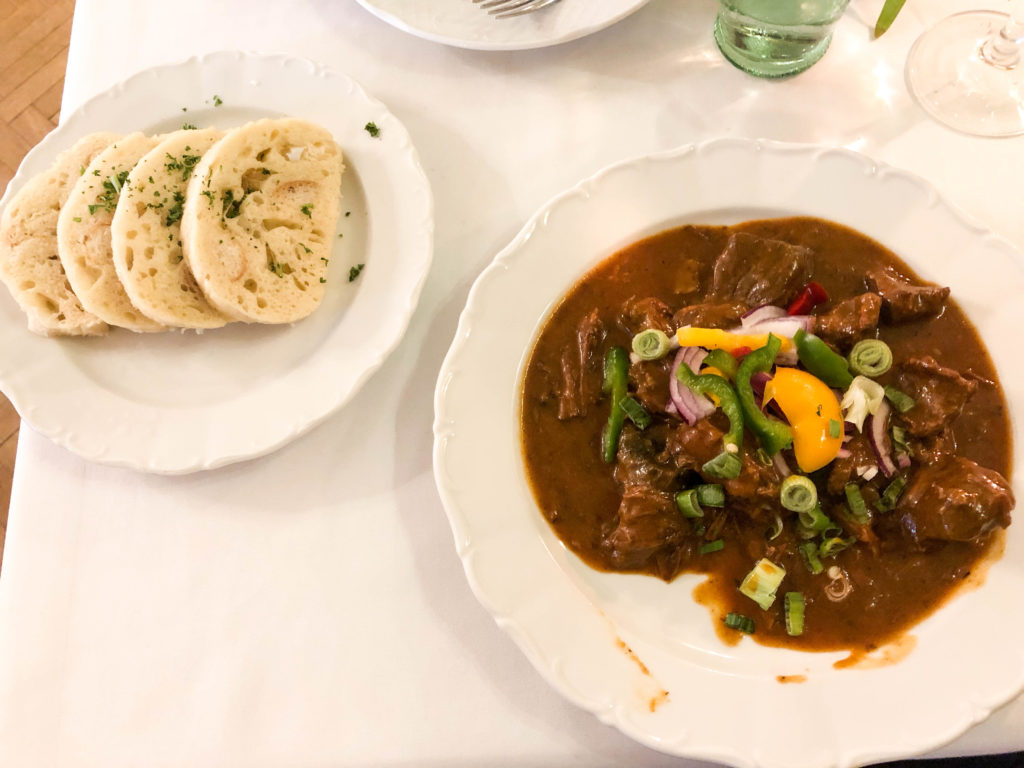
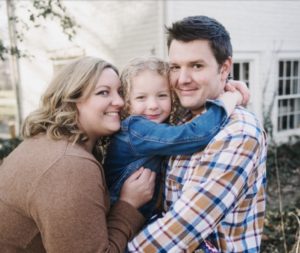
Leave a Reply